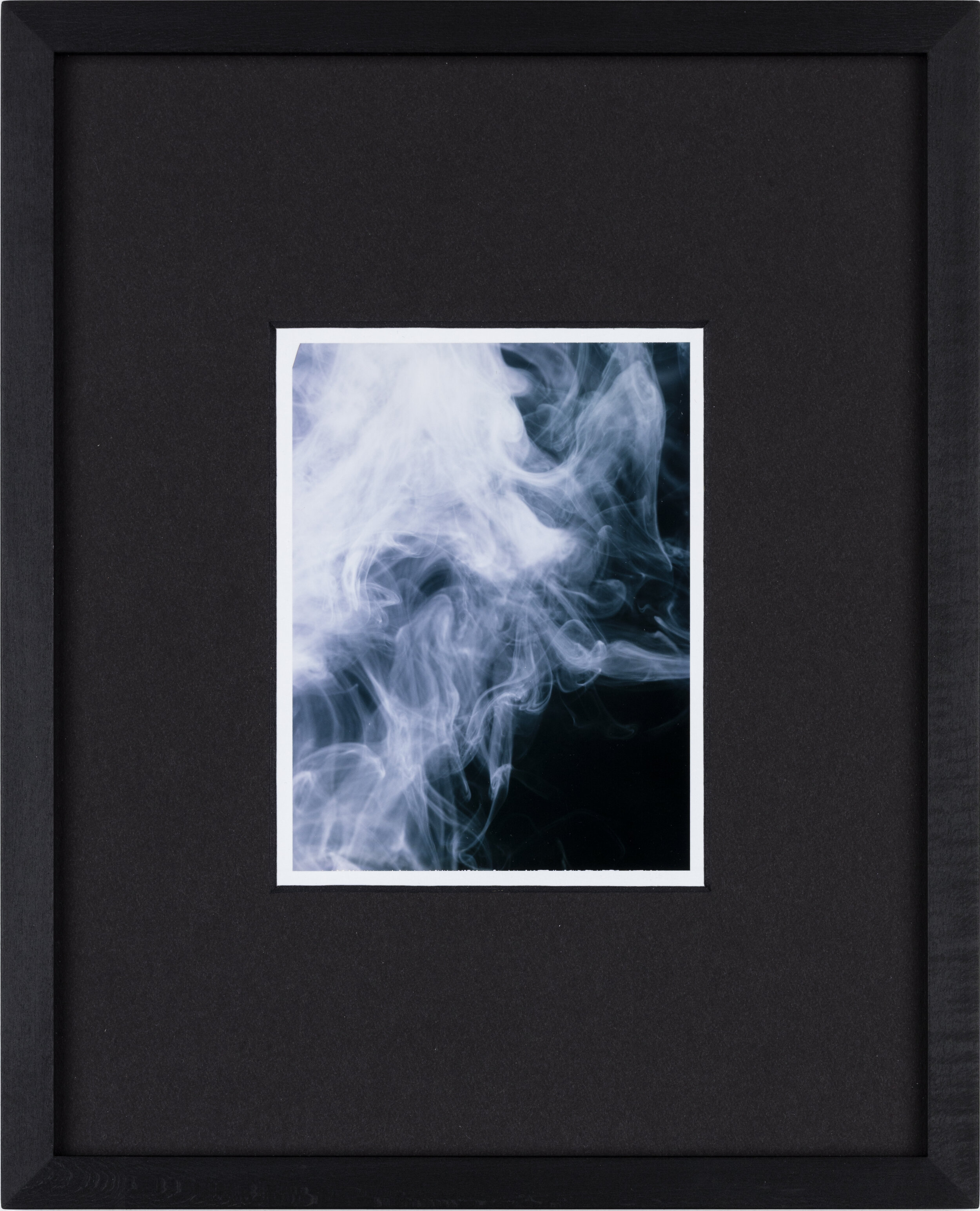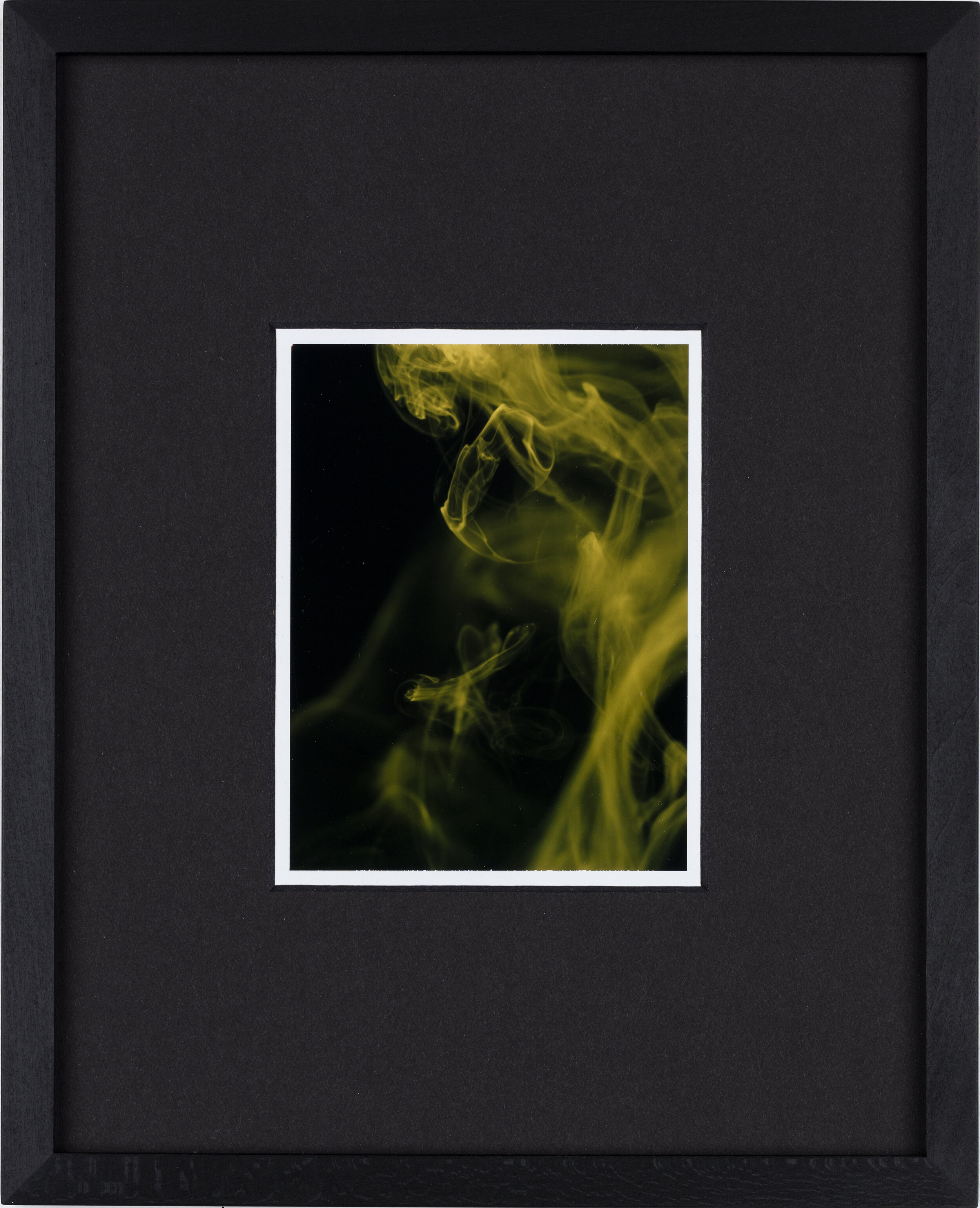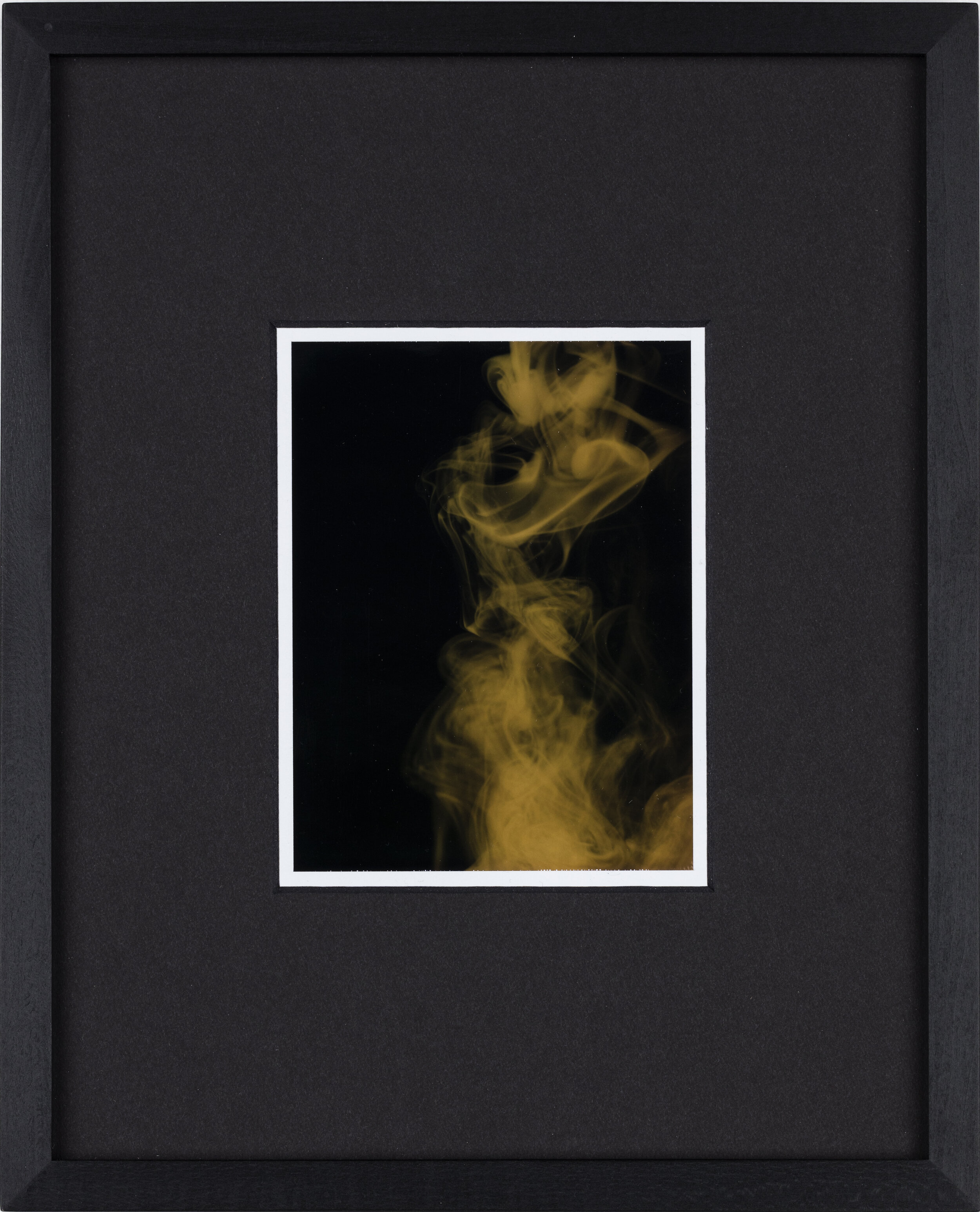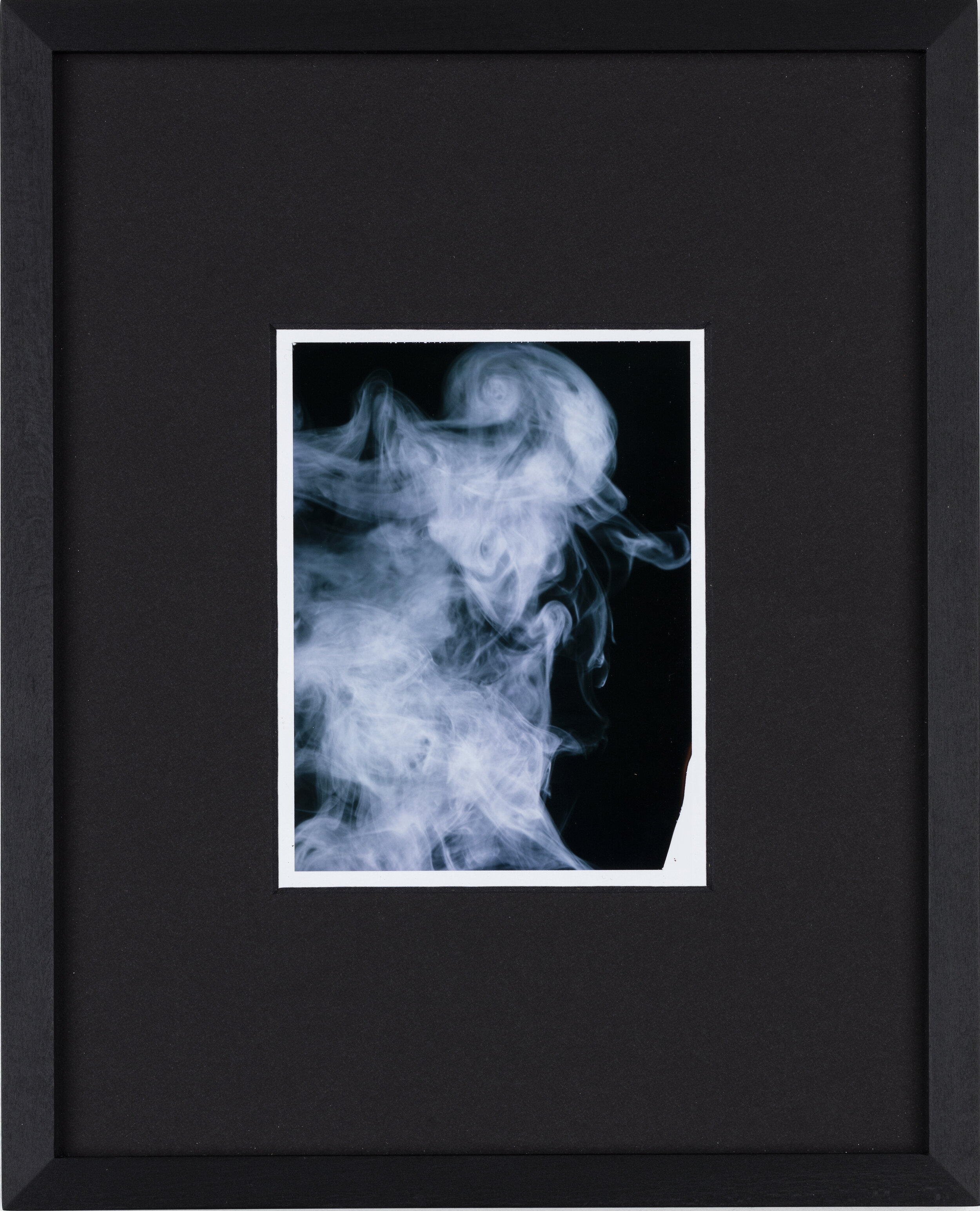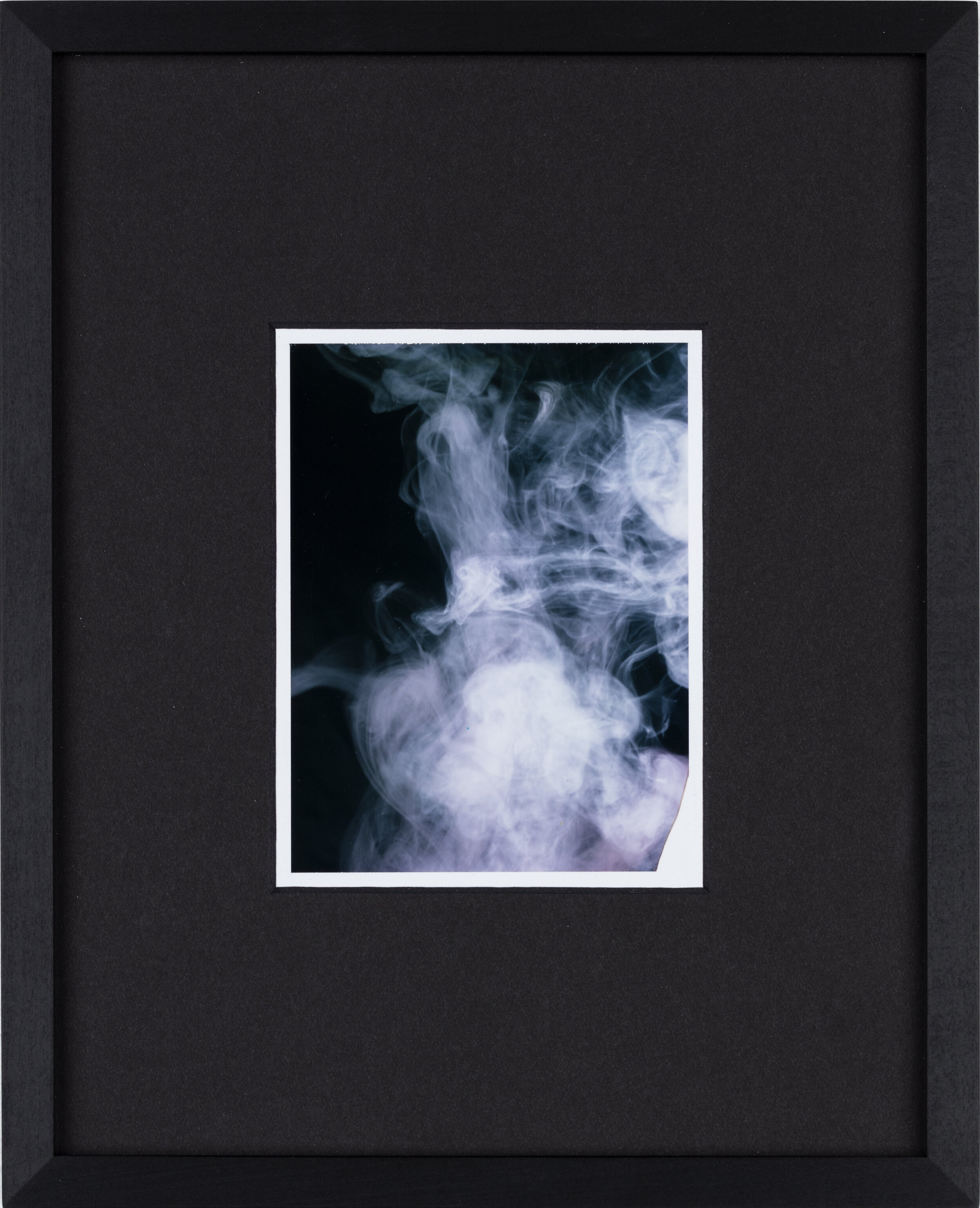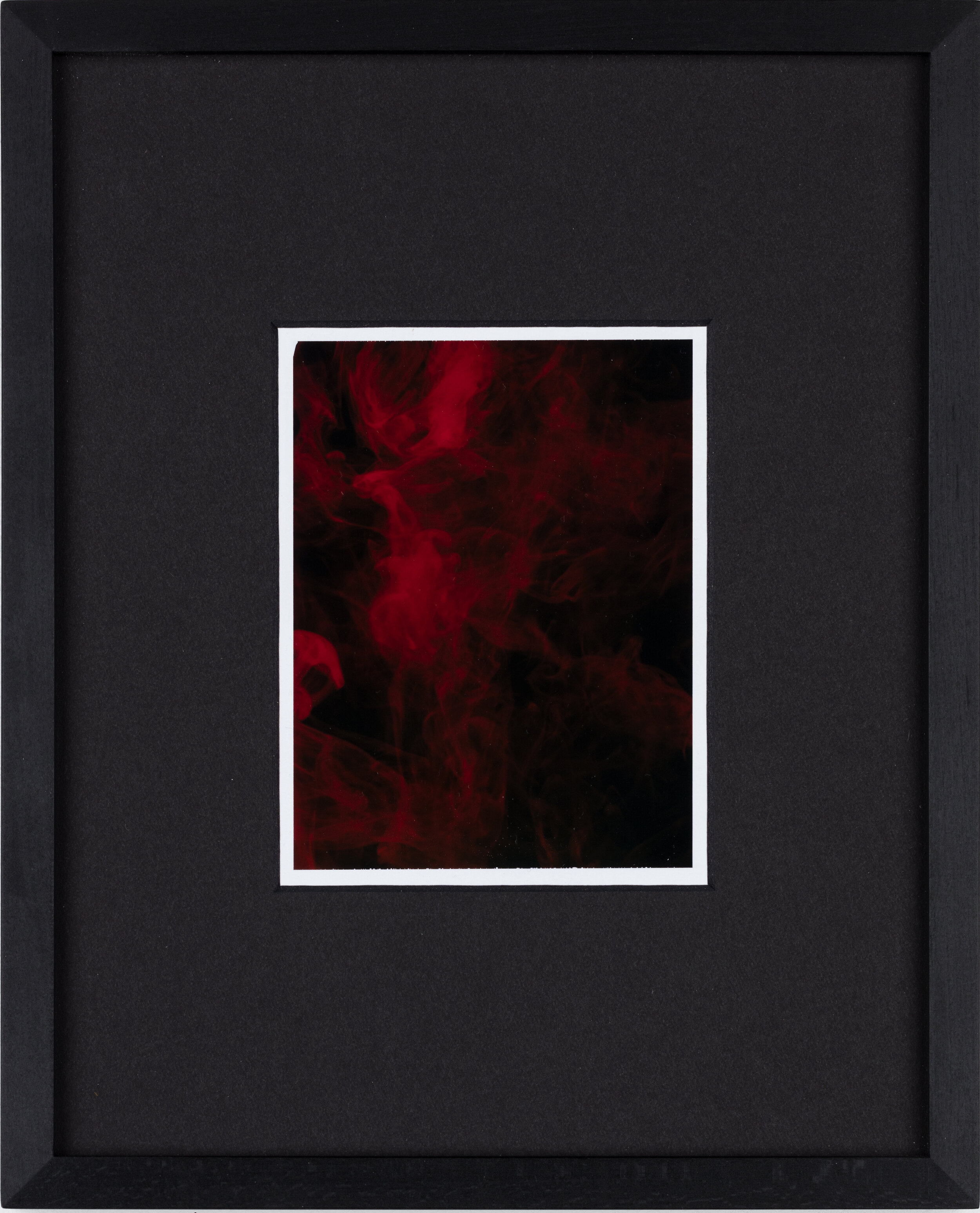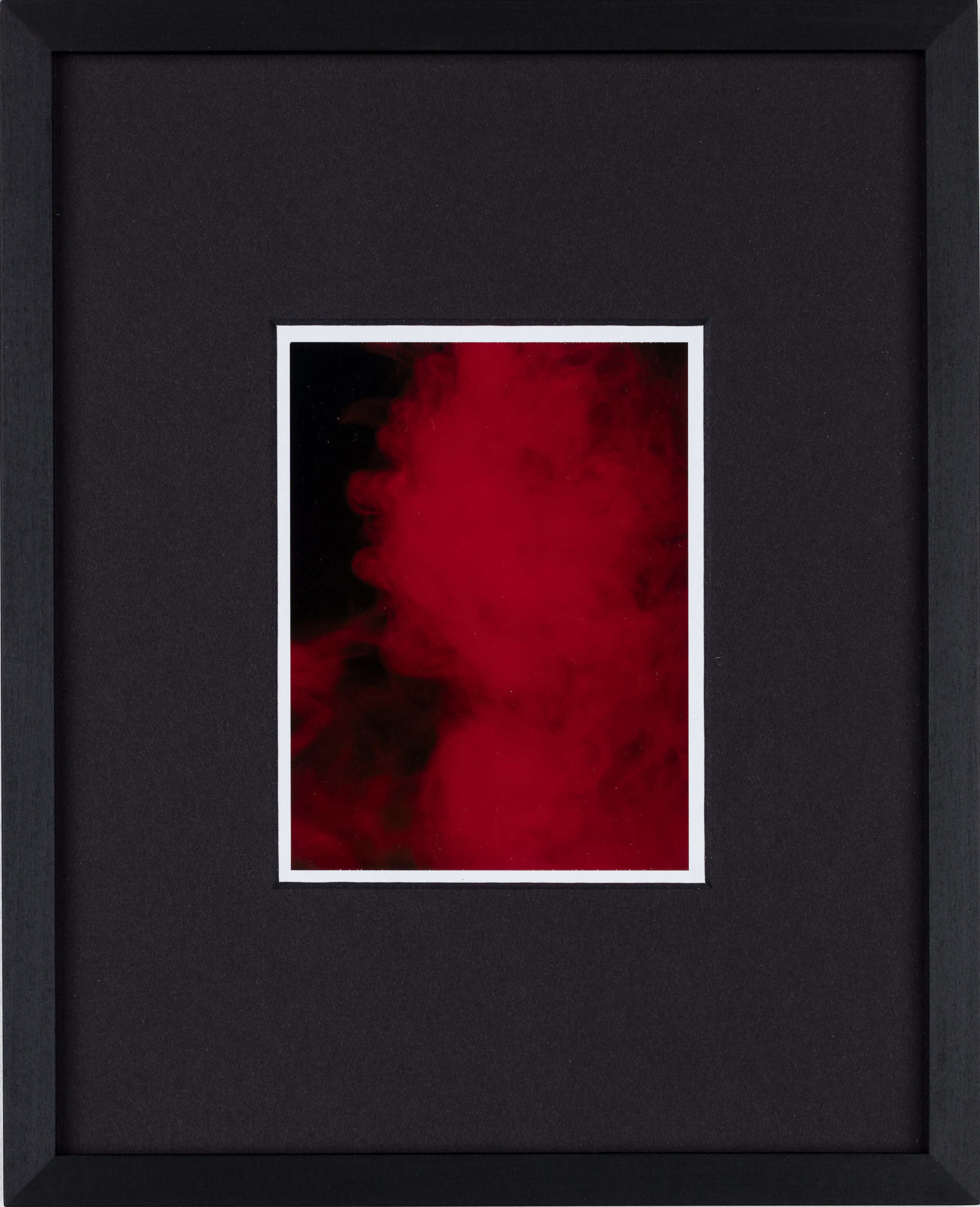Leaves Are Brown, 2020, Silver Gelatin Print, 22 x 18 Inches
Acting Out
Manifold Books, Kraijenhoffstraat 34, 1018RL Amsterdam
November 8 – December 12
Eileen Quinlan in collaboration with Melissa Gordon
Please book your time slot here
Link: Manifold Books
Supported by Melissa Gordon’s silkscreened wallpaper remaining from Modelling a Painting: an accumulation of information on liquids and gestures in time, Eileen Quinlan’s photographic images expose photography’s fetish as well as its ‘base materialism’. Hers are gesticulations moving between glass surface, image surface, motherhood and mortality. They may seem temporarily frozen, yet these ‘gestures’ refer to endurance –as Acting Out suggests– as well as to liquidity and transformation. The glass of flatbed scanner and shower cabin point at the glass used during the exposure of the silkscreened wallpaper grid –pressing down objects such as a clothes hanger and a bra– so that all visual layers end up affecting each other.
Works on view, from left to right: Eileen Quinlan. Good Enough A. 2015. Silver gelatin print. 76.2 x 61 cm. Courtesy of the artist and Campoli Presti, London/Paris. Eileen Quinlan. Colossal Shadow. 2015. Digital C Prints on Dibond. 152.4 x 121.9 cm / 60 x 48 inches. Courtesy of the artist and Campoli Presti, London/Paris. Eileen Quinlan. Social Development. 2017. Silver gelatin print. 76.2 x 61 cm. Courtesy of the artist and Campoli Presti, London/Paris. Eileen Quinlan. Good Enough B. 2015. Silver gelatin print. 76.2 x 61 cm. Courtesy of the artist and Campoli Presti, London/Paris. Eileen Quinlan. Statuary Marble #2. 2017. Silver gelatin print. 76.2 x 61 cm. Courtesy of the artist and Campoli Presti, London/Paris.
Covering the entire wall: Melissa Gordon. Wallpaper for modelling a painting. 2020. Silkscreened wallpaper. Size variable. Courtesy the artist and Cosar HMT, Düsseldorf.
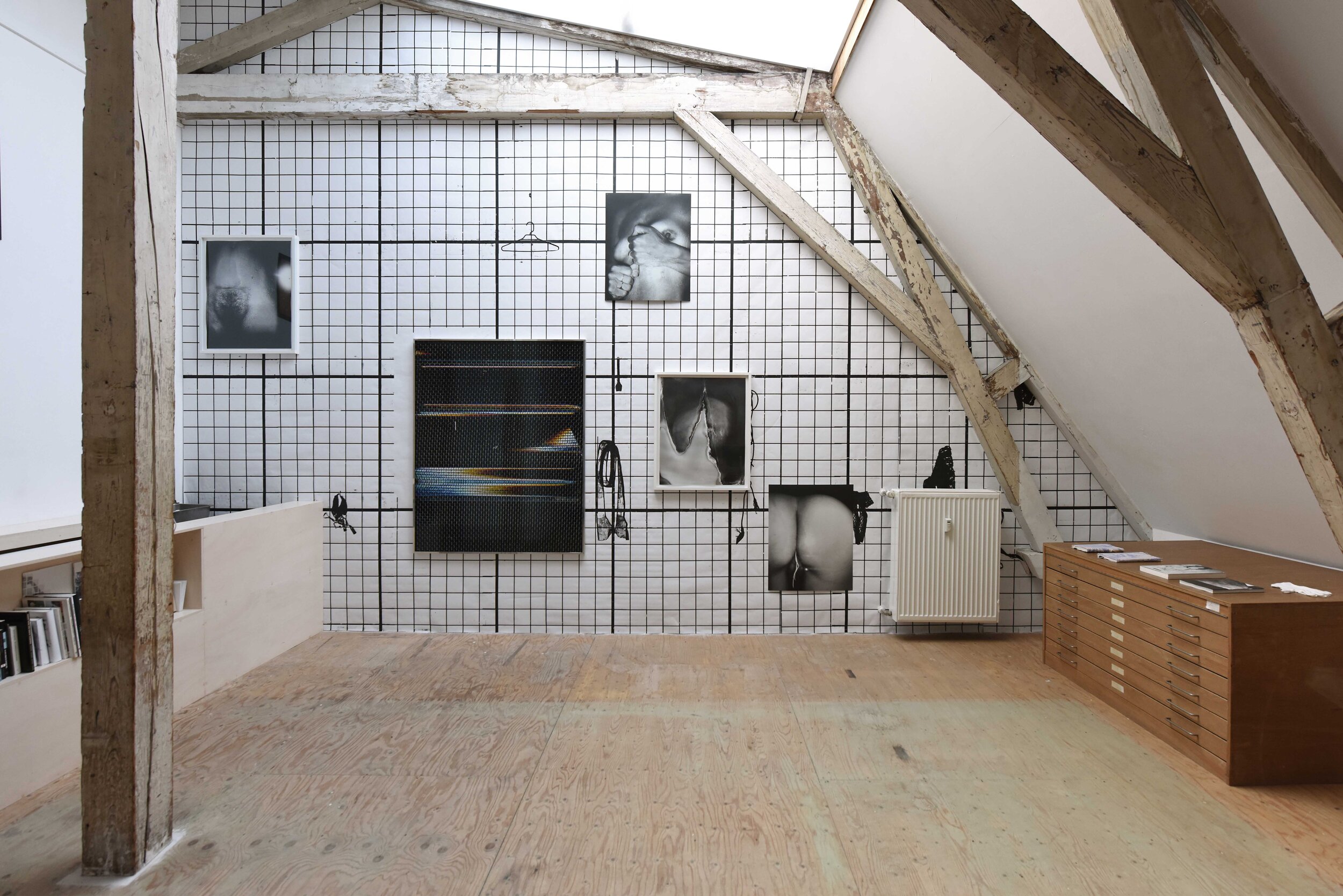
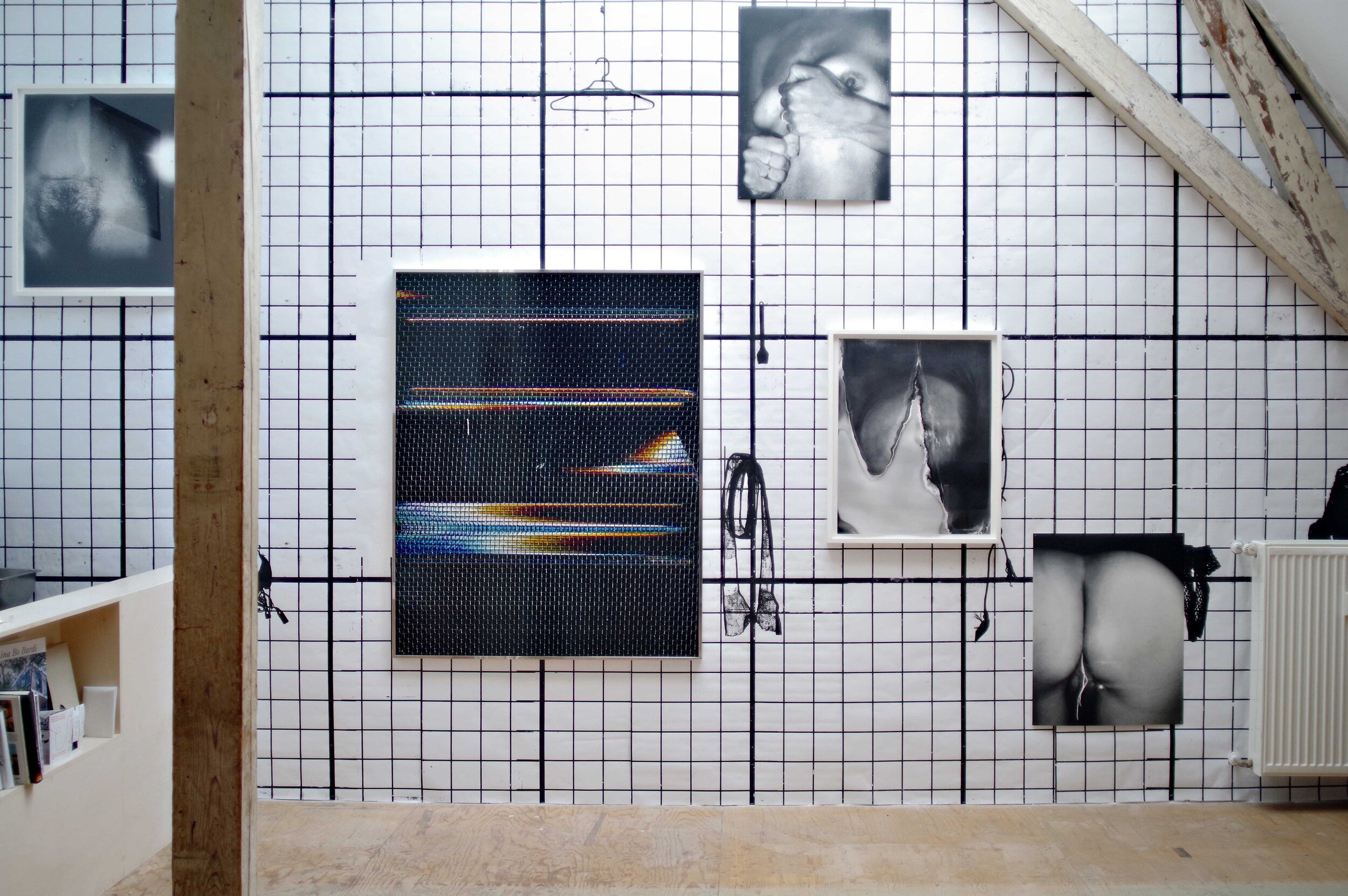
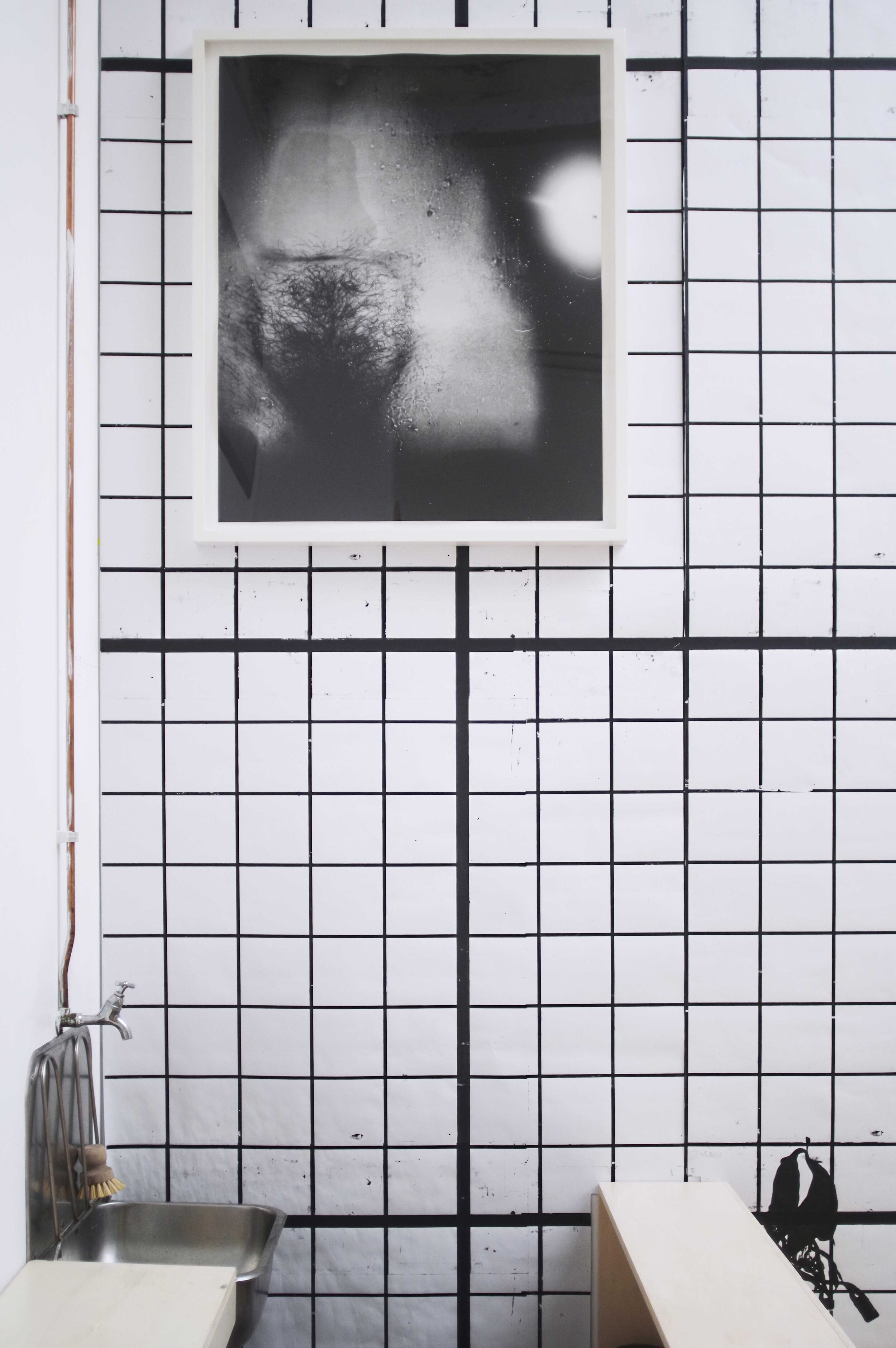
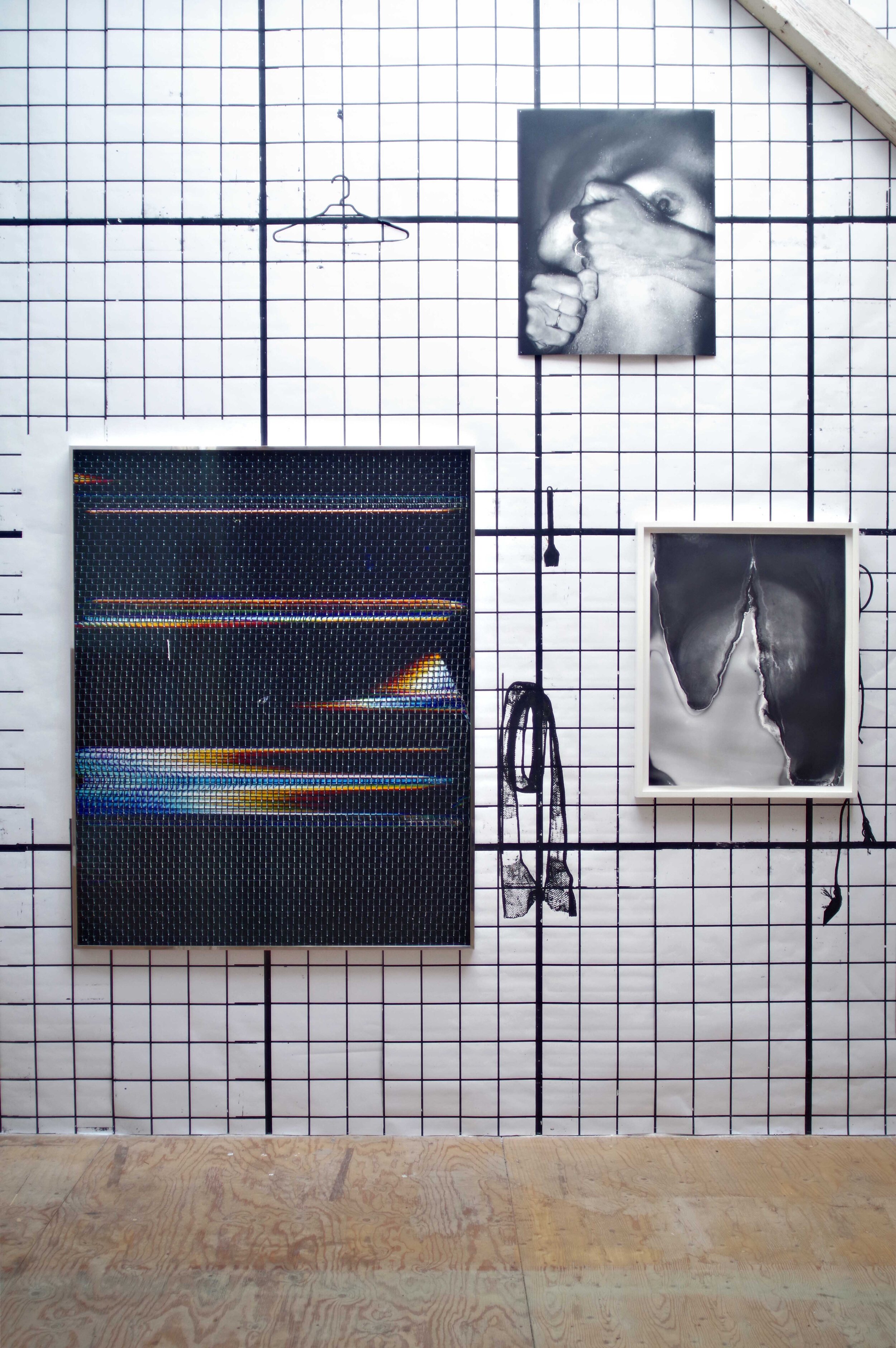
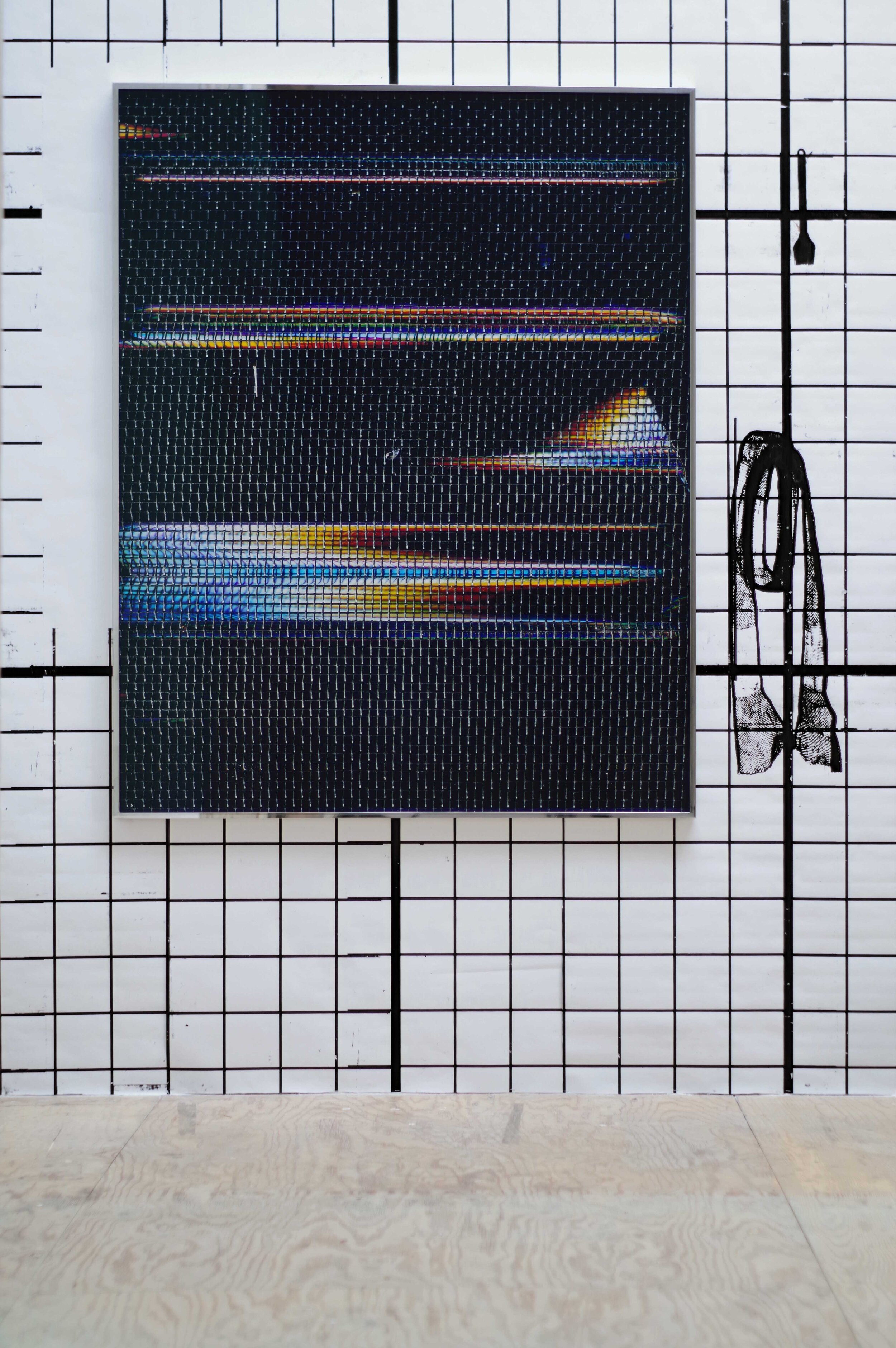
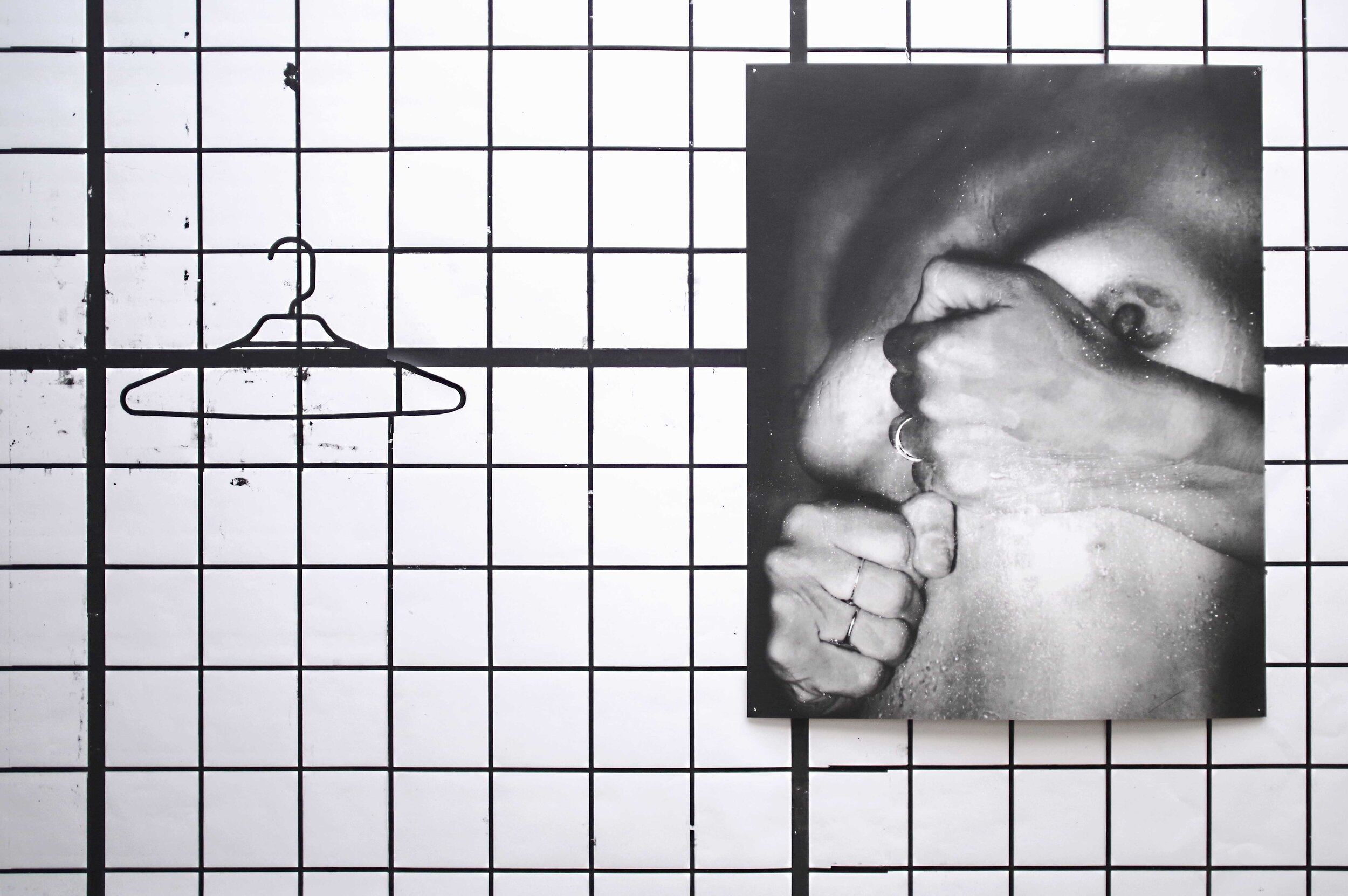
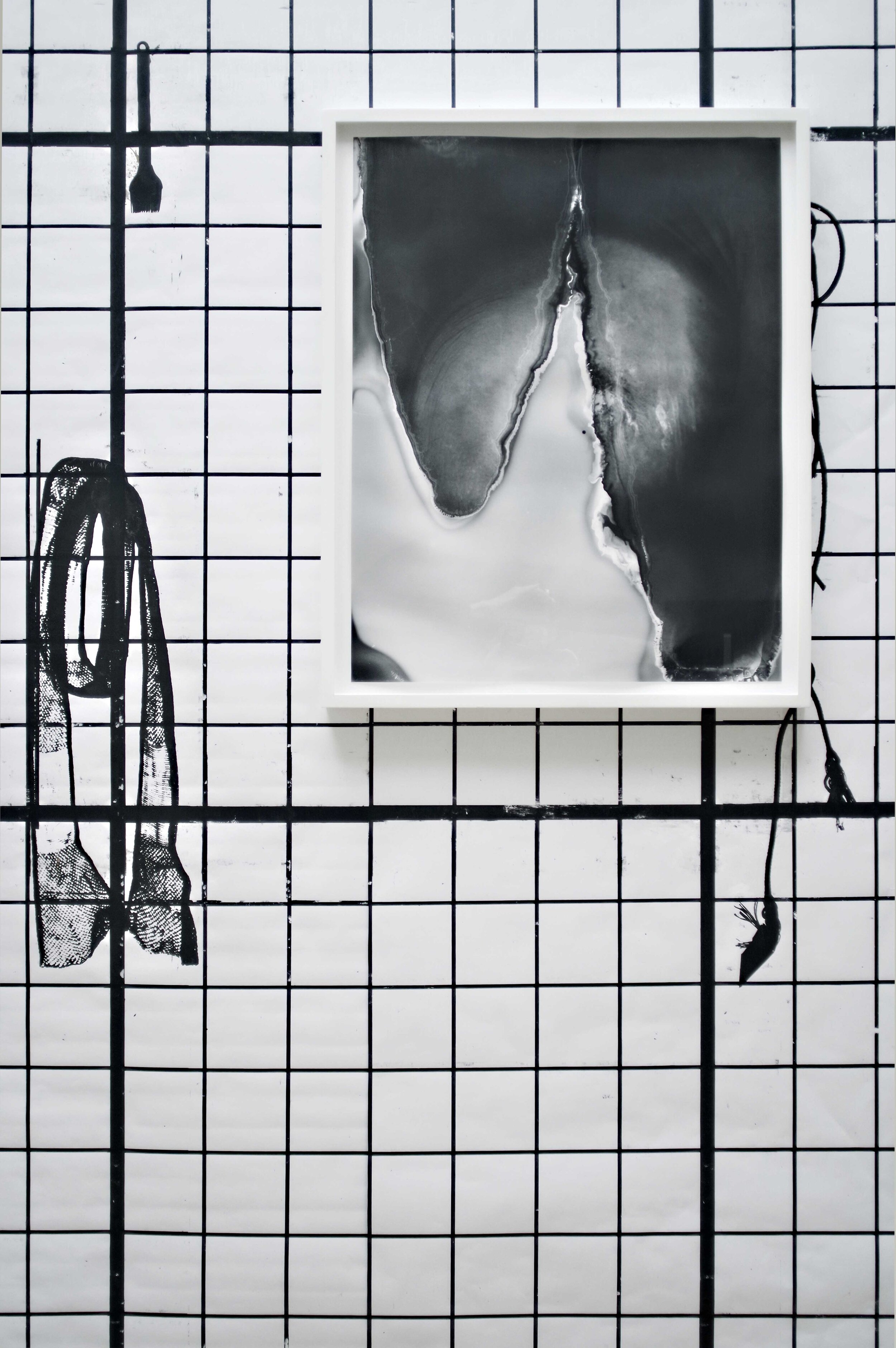
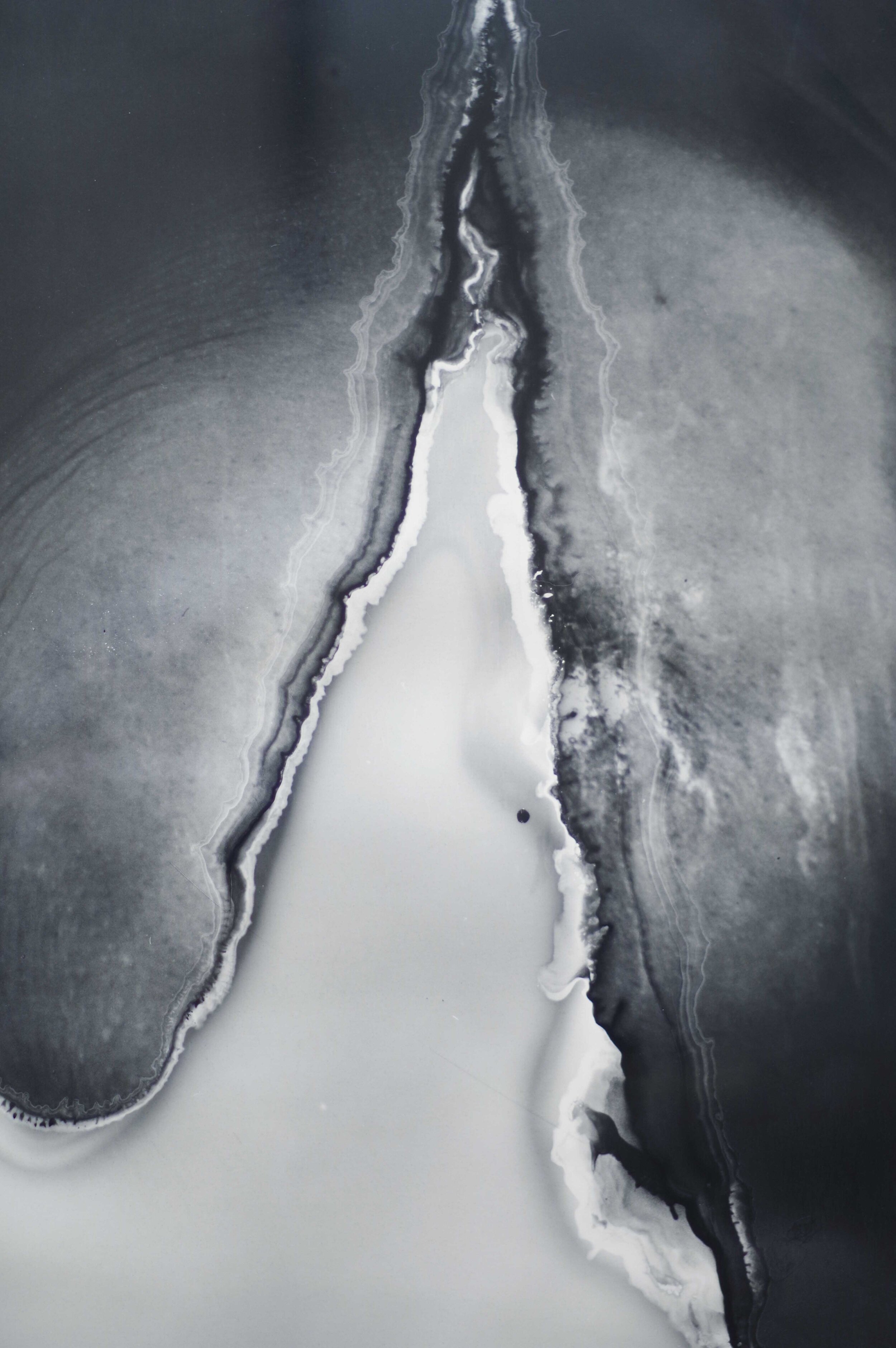
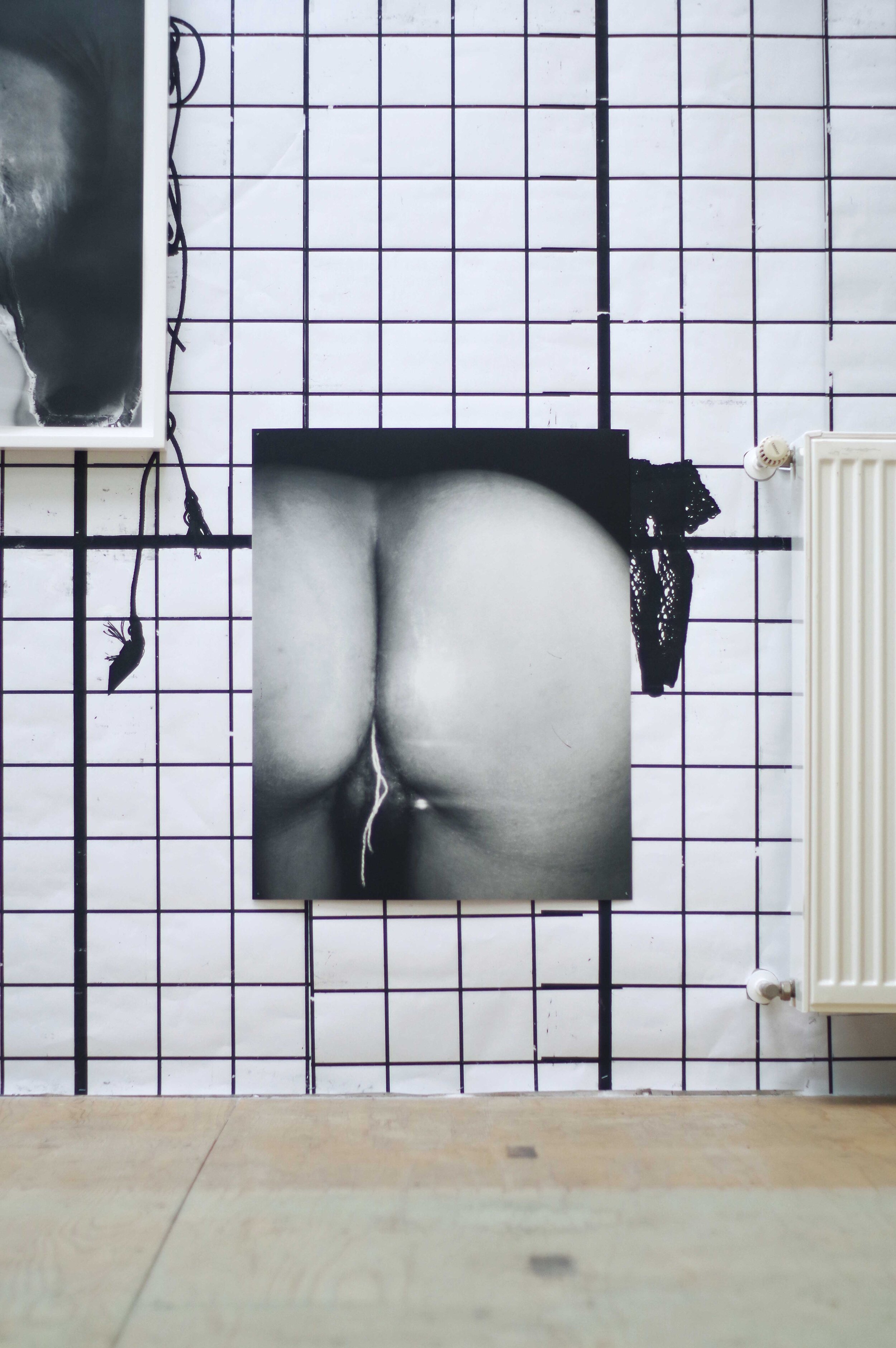
Outside Gets Inside MUMOK Edition
Link in editions tab
DOWN DOG
Vistamarestudio, Viale Vittorio Veneto 30, 20124 Milan, Italy
September 16 through November 7, 2020
Link: Vistamarestudio
Down Dog, deservedly one of yoga’s most recognized yoga poses, gathers together new works along with iconic ones from different series – from roughly a twelve-years period – that reveal Quinlan’s forays into abstract photography.
Central in Quinlan’s work are the exploration of the photographic boundaries and image production through experimental techniques – from digital to analogue, from downloaded to photographed – and the trial with materials.
The new works on show Wooly World, Bluestar, Silverstream and Venus Mount made in large scale with a flatbed scanner, are designed to offer the viewer an immersive encounter. Continuing to reckon with an abstracted space of desire, these are pictures to feel as well as see. These works are related to the series Smoke & Mirrors, Quinlan started in 2004, where she explores the arrangement in commercial photography, considering it not as a background staging but as a subject itself.
In the Yoga Mat series, the artist continues her research on abstraction by photographing folded and draped yoga mats, as an emblem of the contemporary lifestyle, health and spirituality. By picturing the body and its abstraction through photography, these works reflect Quinlan’s interest in feminist history and material culture.
The exhibition continues downstairs and is completed by the screening of the two-channel video There & Them, composed by Quinlan along with her long-time friend and artist Matt Keegan in 2012. This work was developed as an intersection of private and professional lives. A troupe followed the two artists for 24h from waking until sleeping, showing the everyday life of an artist in New York.
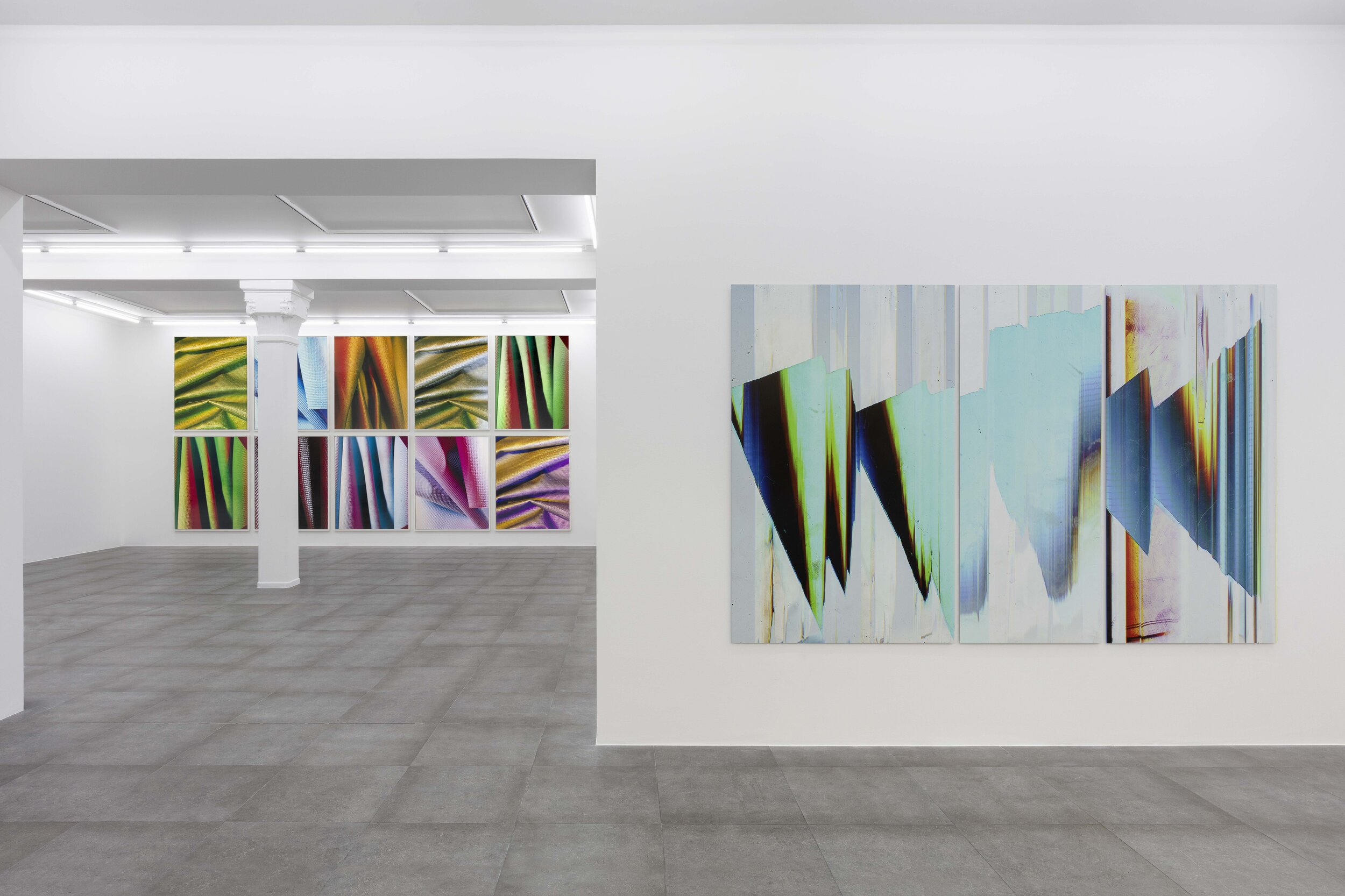
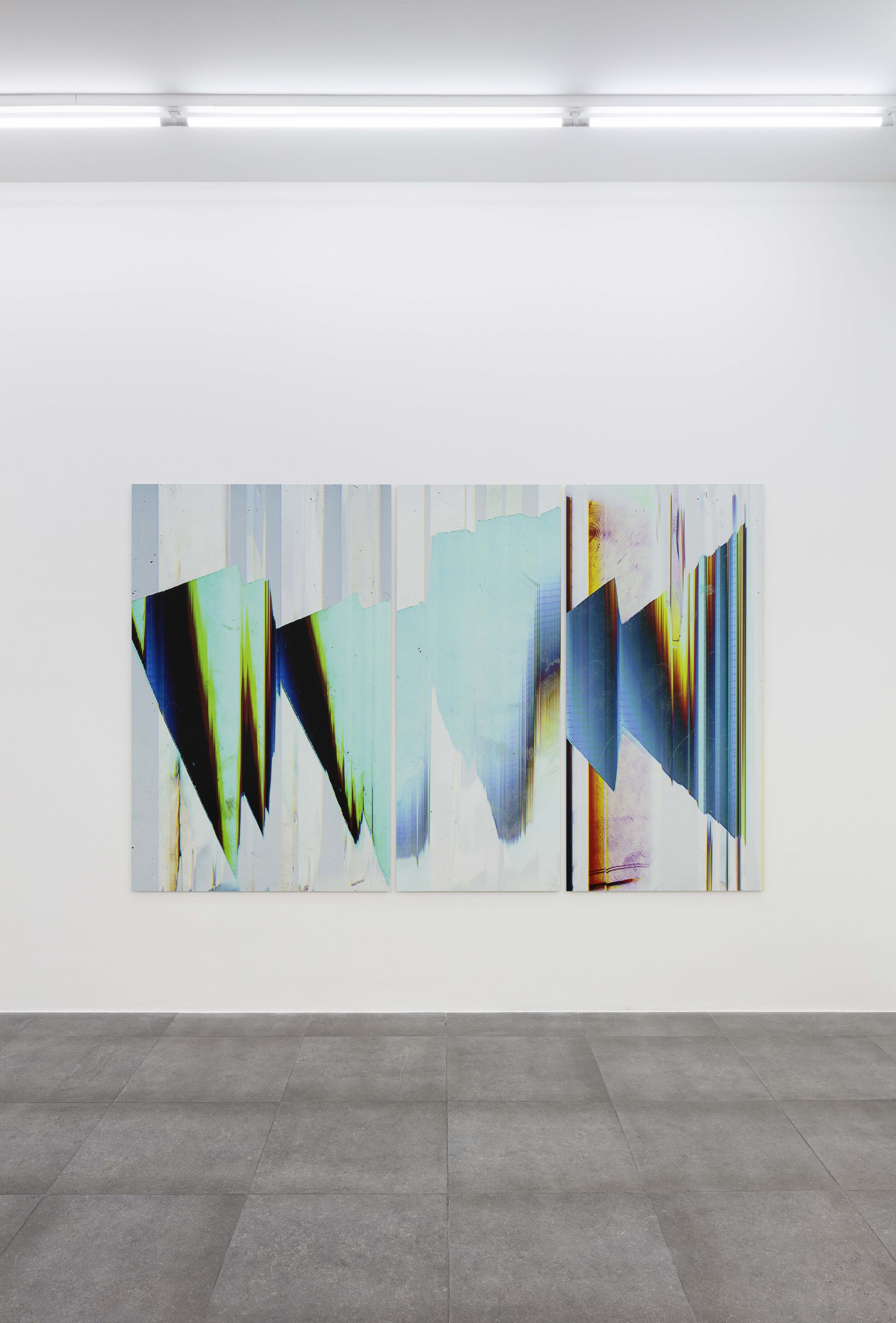
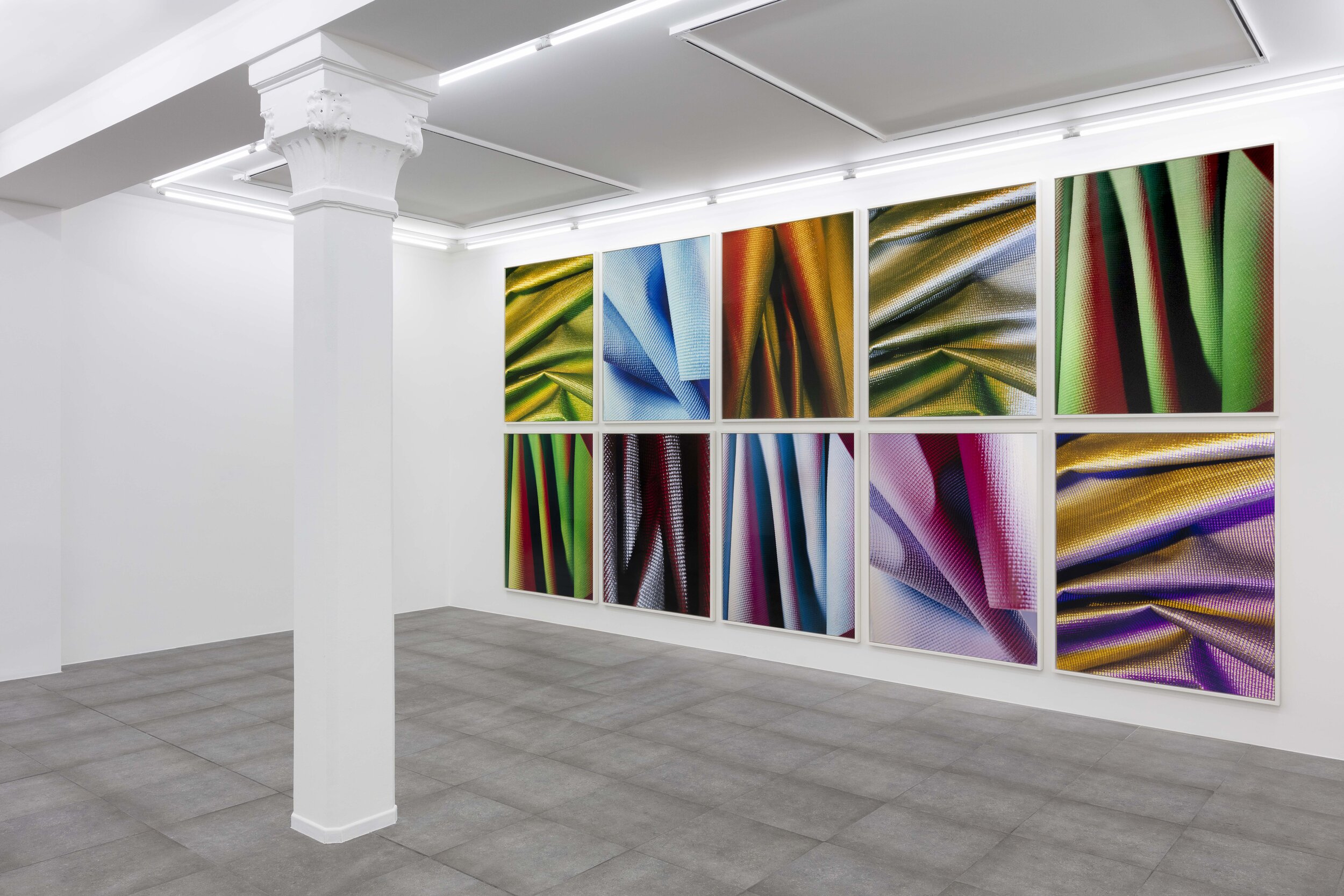

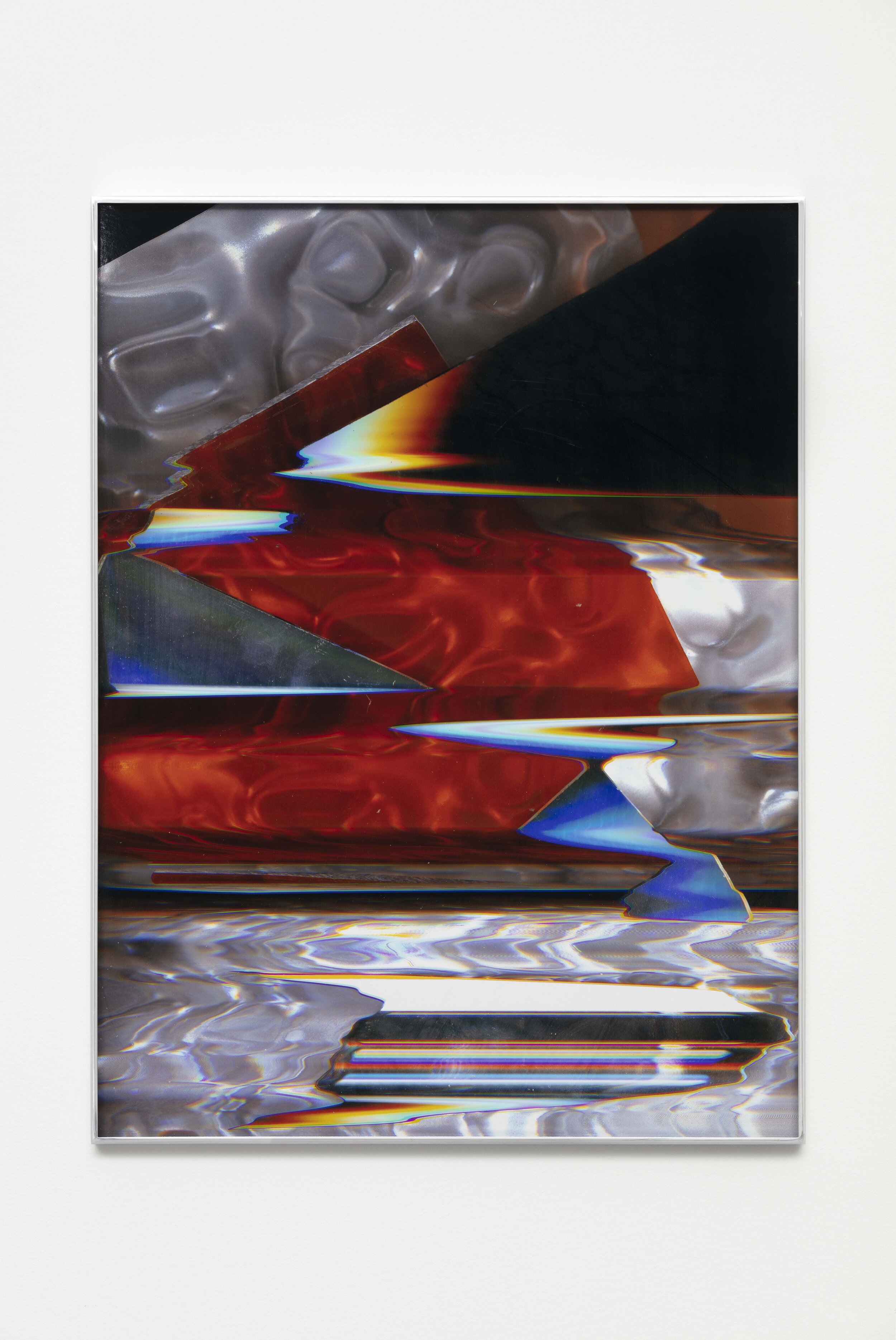
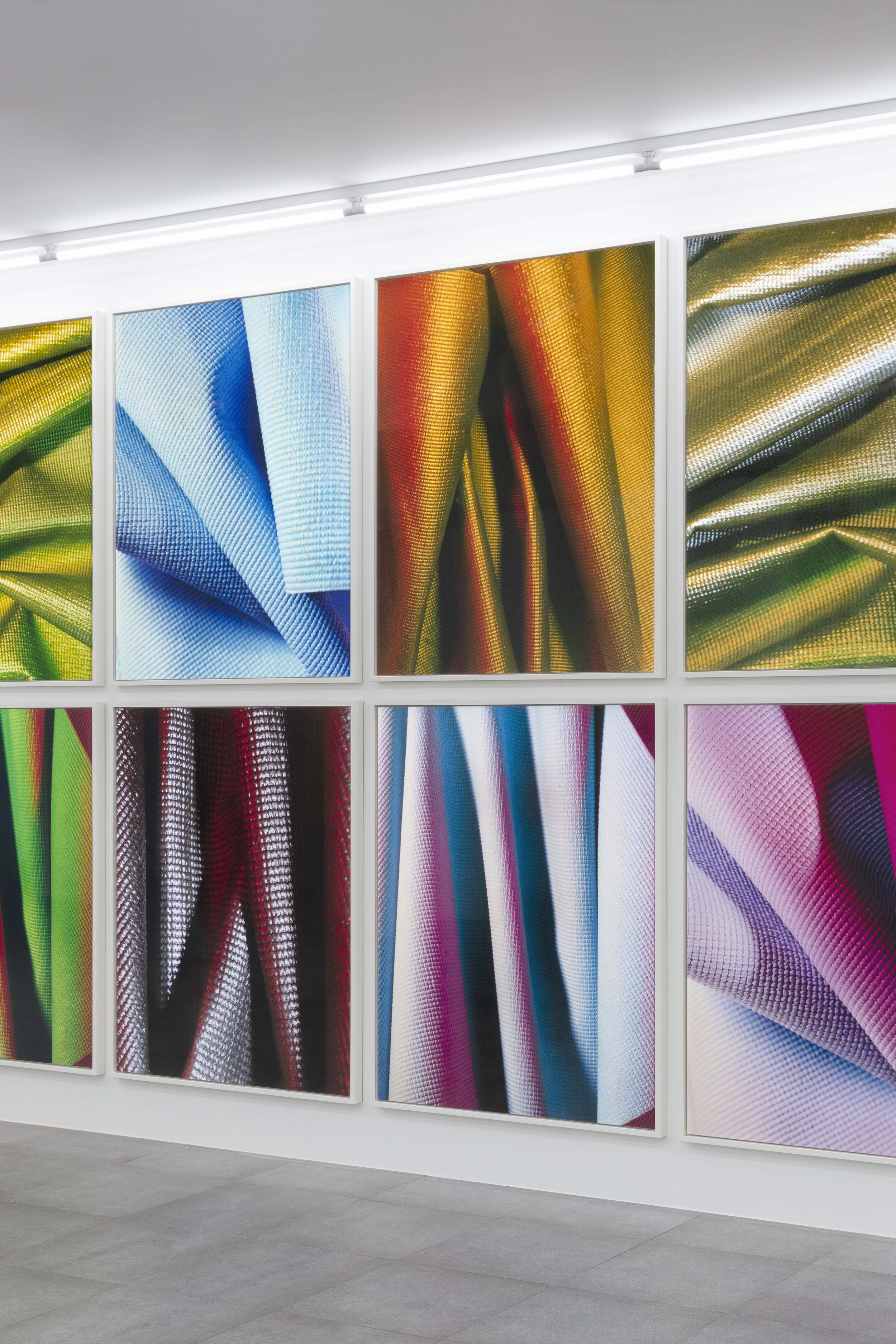
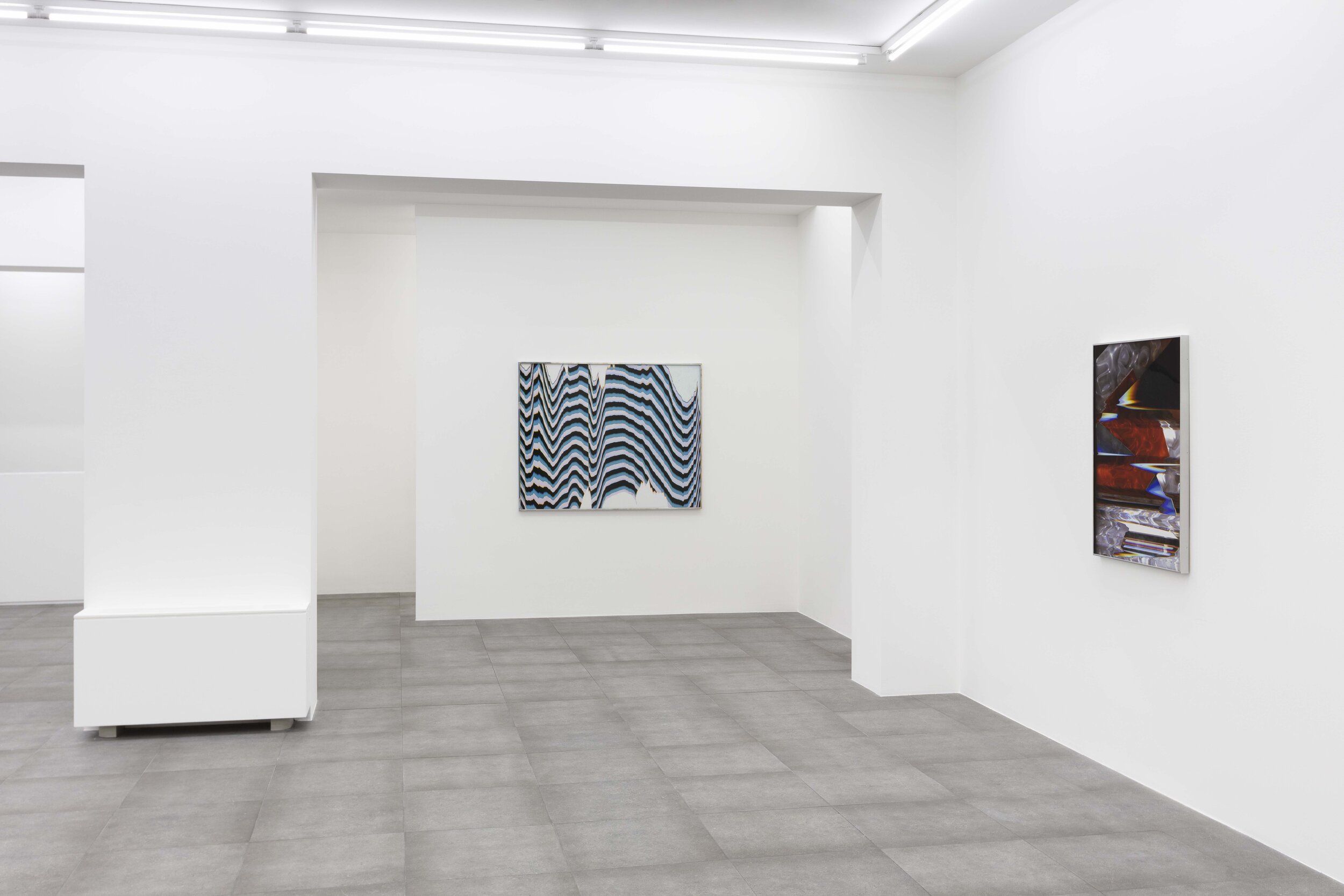
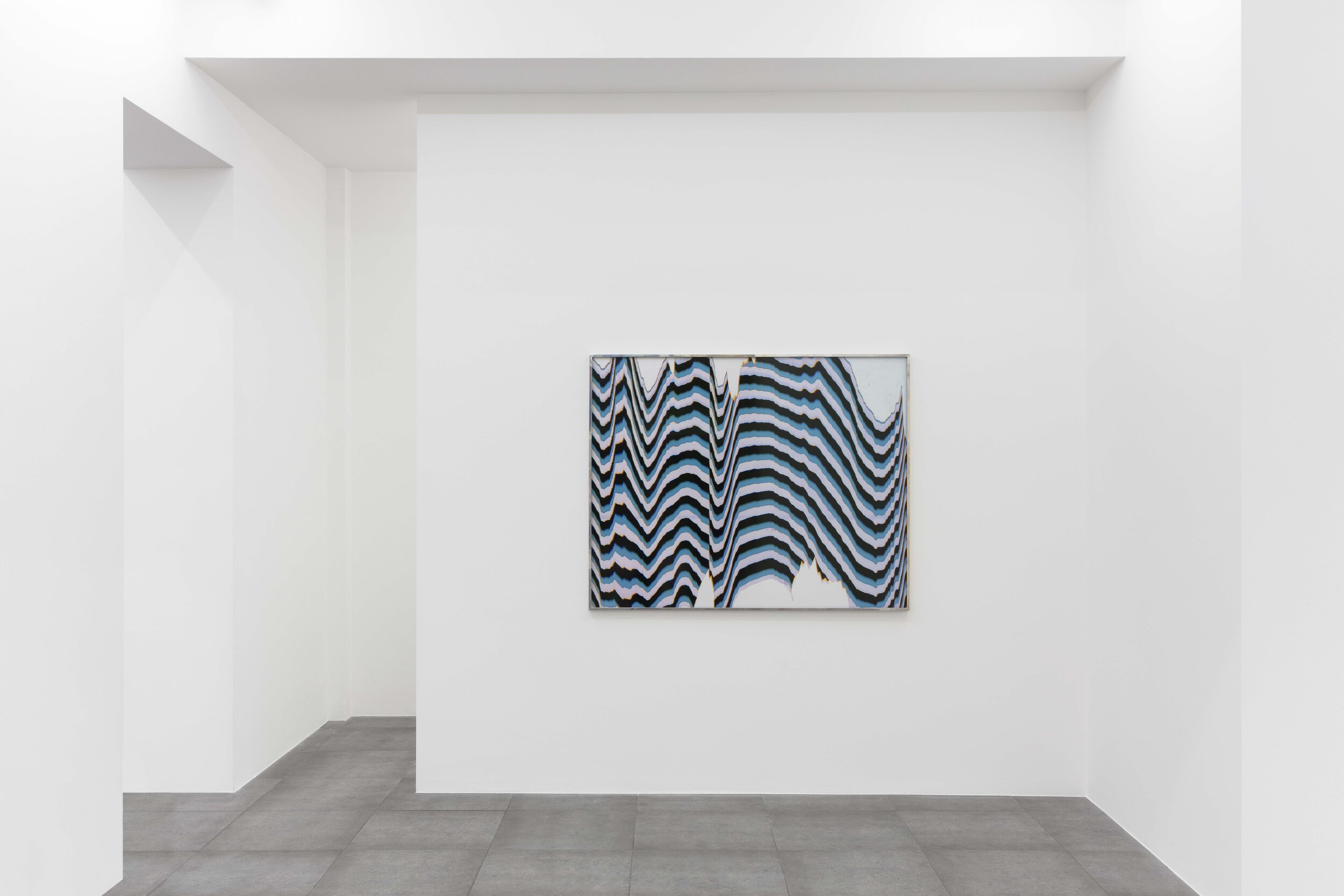
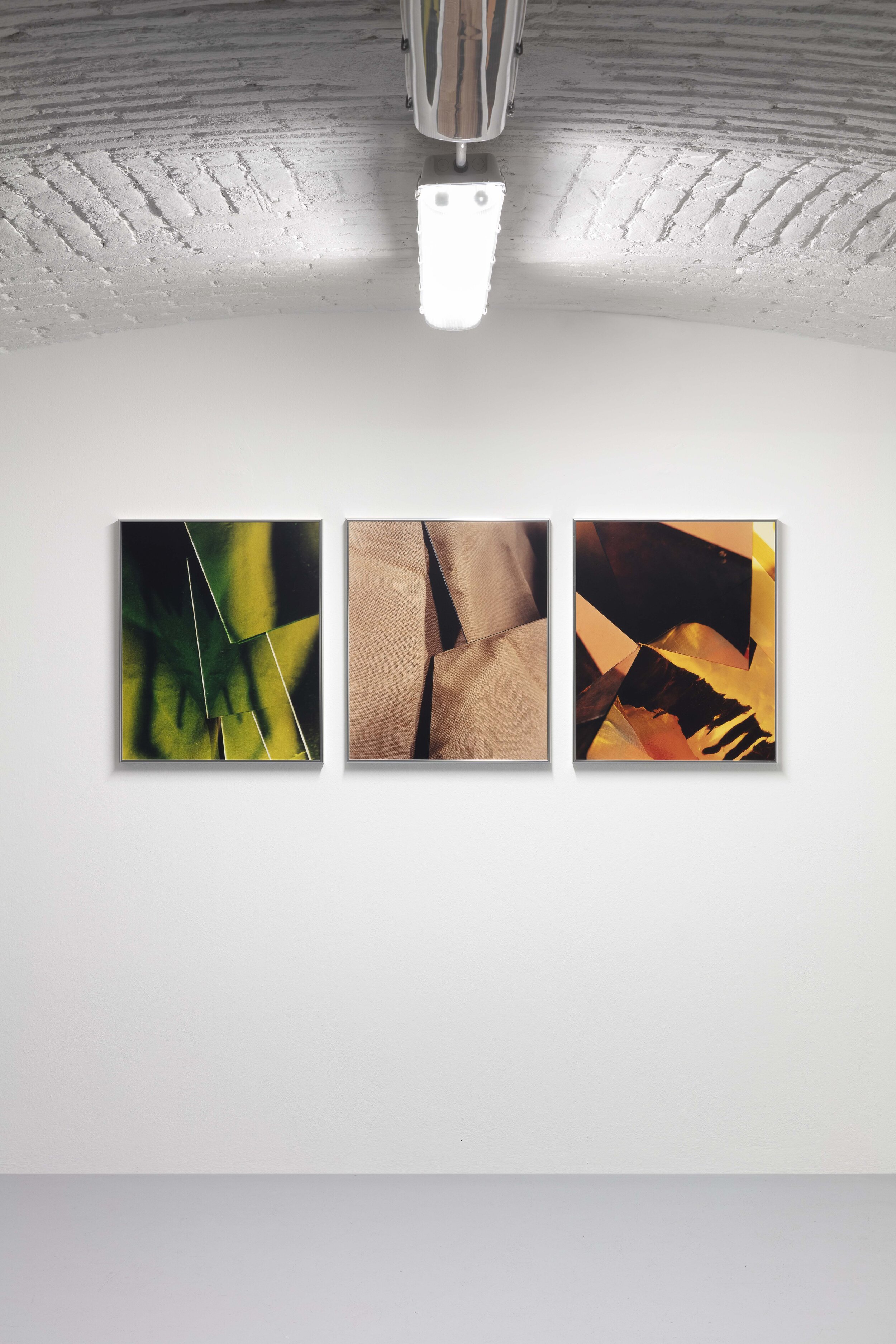
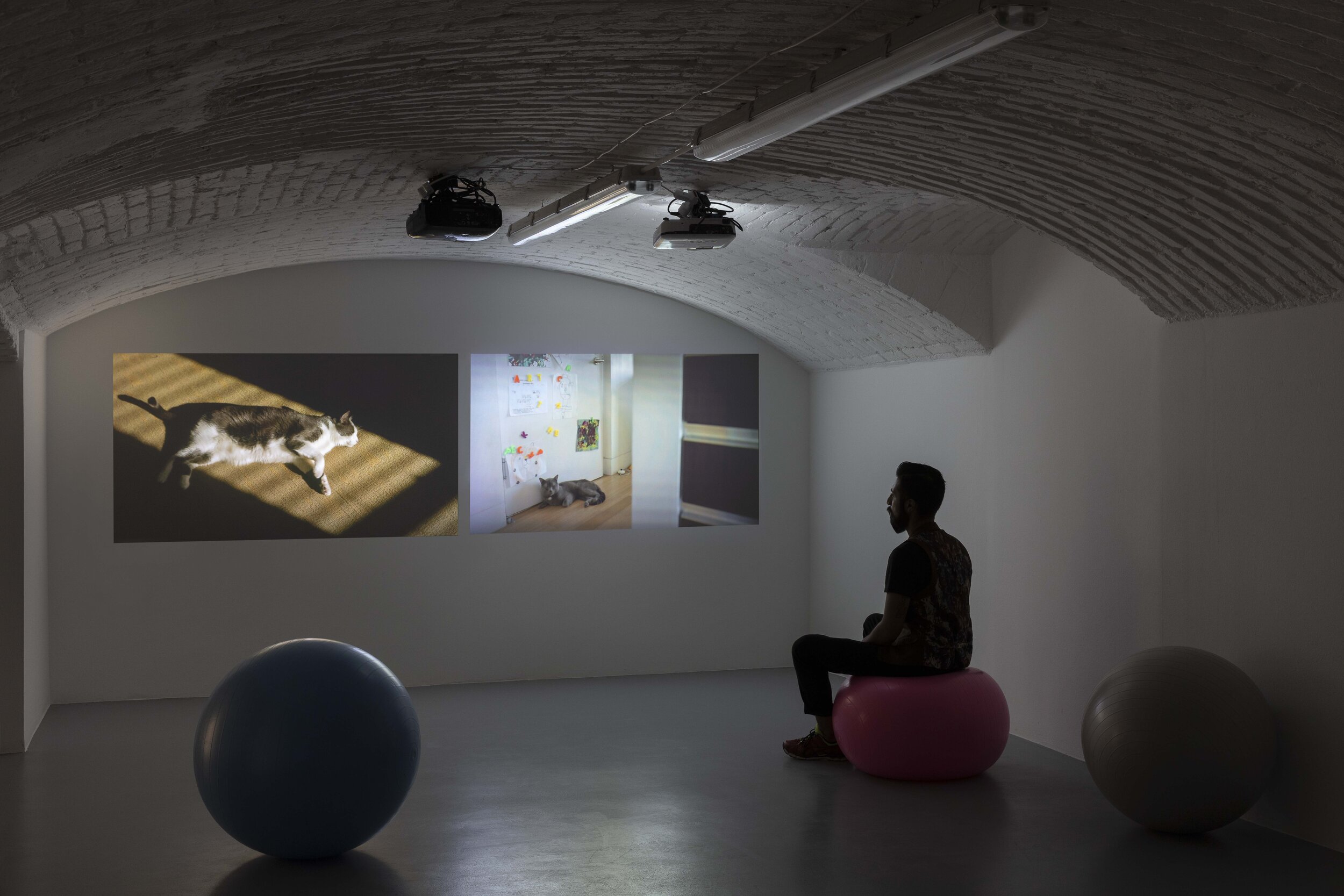
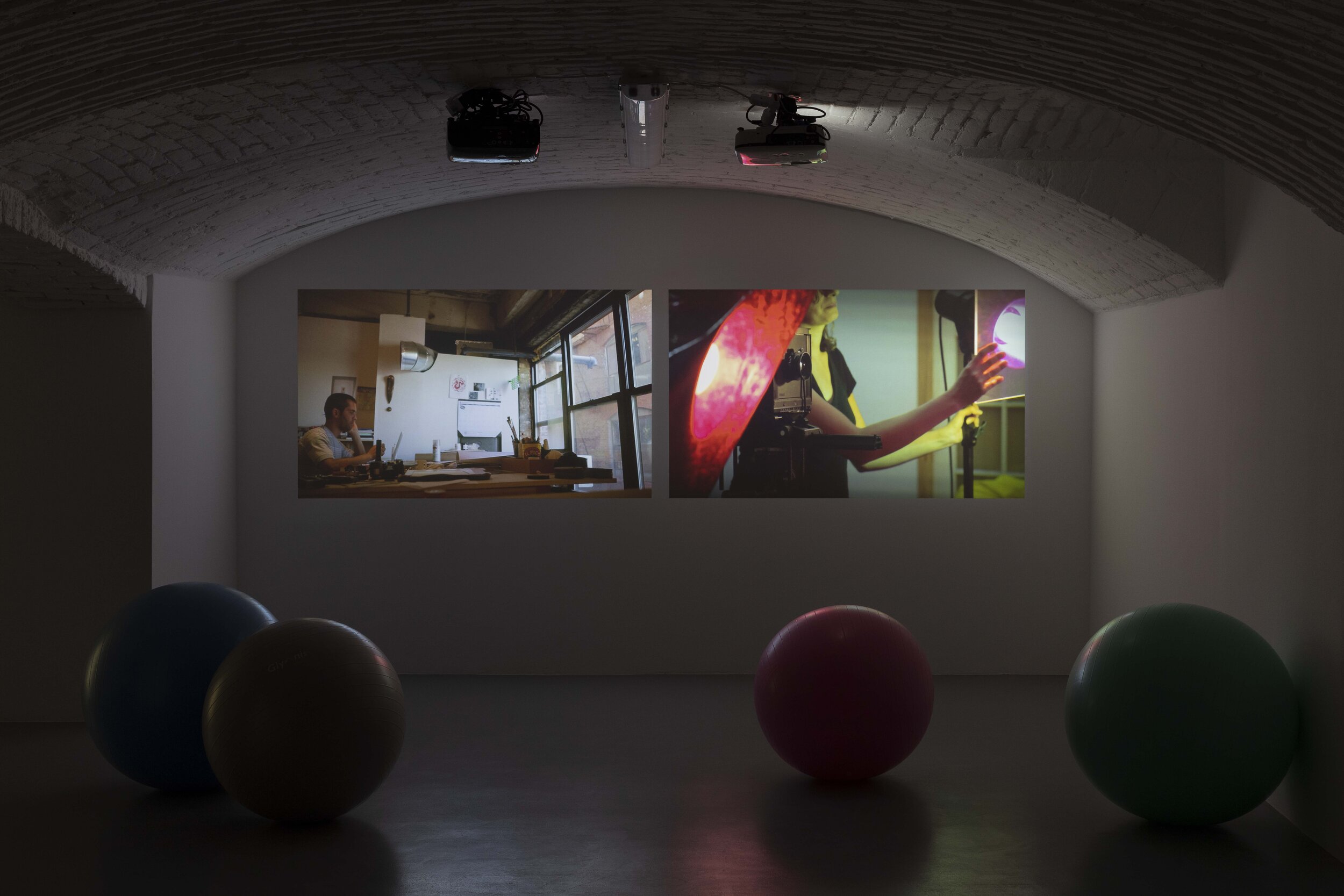
Dawn Goes Down
Miguel Abreu Gallery, 88 Eldridge Street, New York, NY 10002
Septemeber 10- November 7, 2020
Link: Miguel Abreu Gallery
Miguel Abreu Gallery is pleased to announce the opening, on Thursday, September 10th, of Eileen Quinlan’s Dawn Goes Down, her sixth one-person exhibition at the gallery. The show will be held at 88 Eldridge Street, while Displacements and Dead Trees, her concurrent two-person exhibition with Cheyney Thompson will be on view at our 36 Orchard Street location.
A black and white, documentary photograph of a piece of driftwood opens the exhibition. This commanding, potent image irresistibly draws the viewer into its intricate, knotty details; and as the eye travels the surface of the large fiber paper print, the iconographic and material modulations of the picture gradually reveal themselves. In the upper left area, an energetic swirl of lines interrupts the general flow of the composition and produces an instance of concrete poetry, a moment of photo-chemistry gone awry.
As the viewer turns into the first gallery, a sudden shift in image regime confronts the eye. Colorful, large-scale multi-panel works comprised of nervous streaks of ambiguous, yet gorgeous abstraction bring to mind painterly gestures and the capture of unconstrained movement. The opposition between analogue and digital imagery that structures Quinlan’s exhibition has been set up, and the wide range of her photographic practice is on immediate display. On the one side there seems to be insistence on a prolonged act of seeing and deciphering, an invitation to sustained examination, while on the other an air of disengagement and laissez-faire chance effects dominates perception.
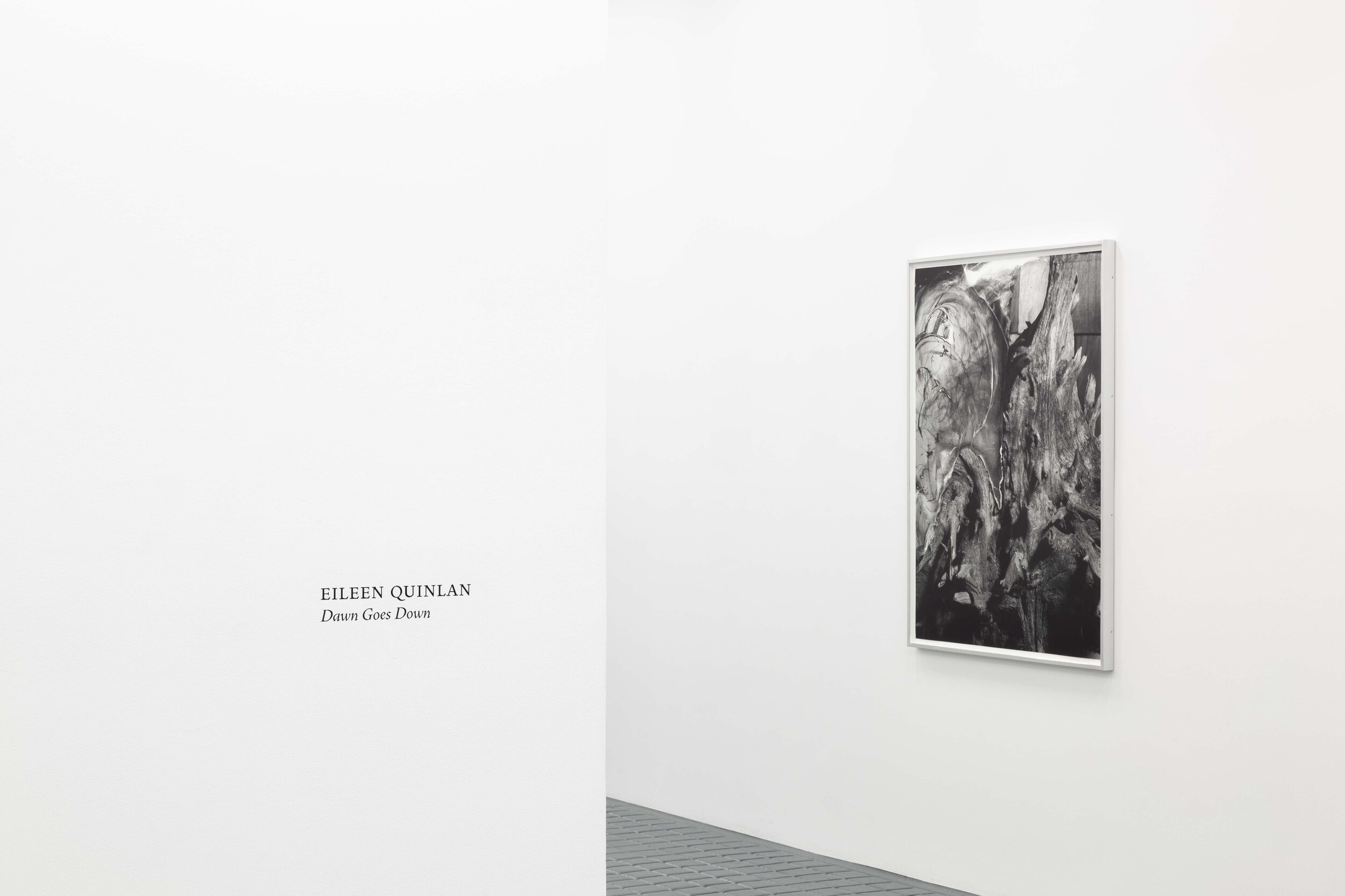
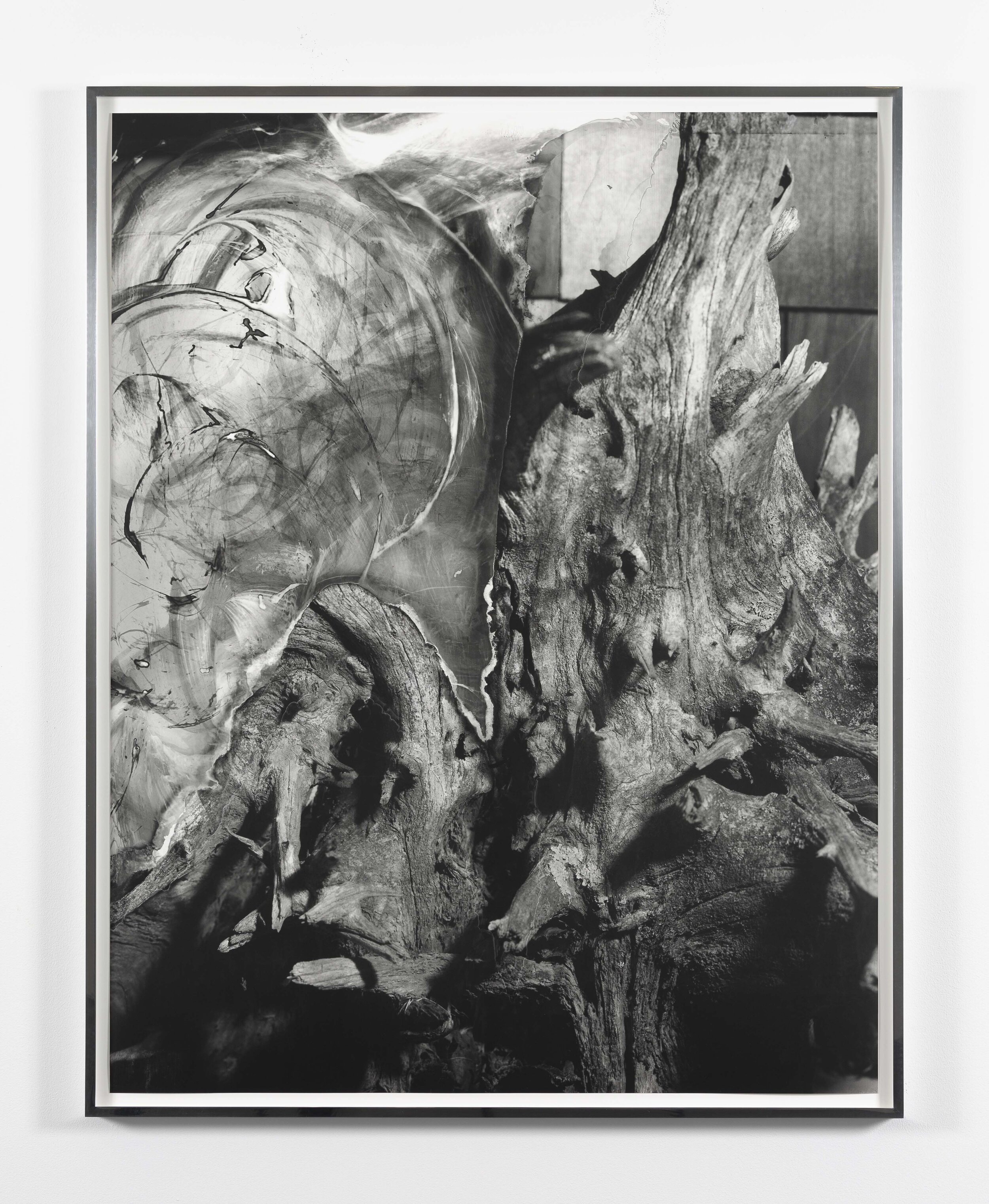
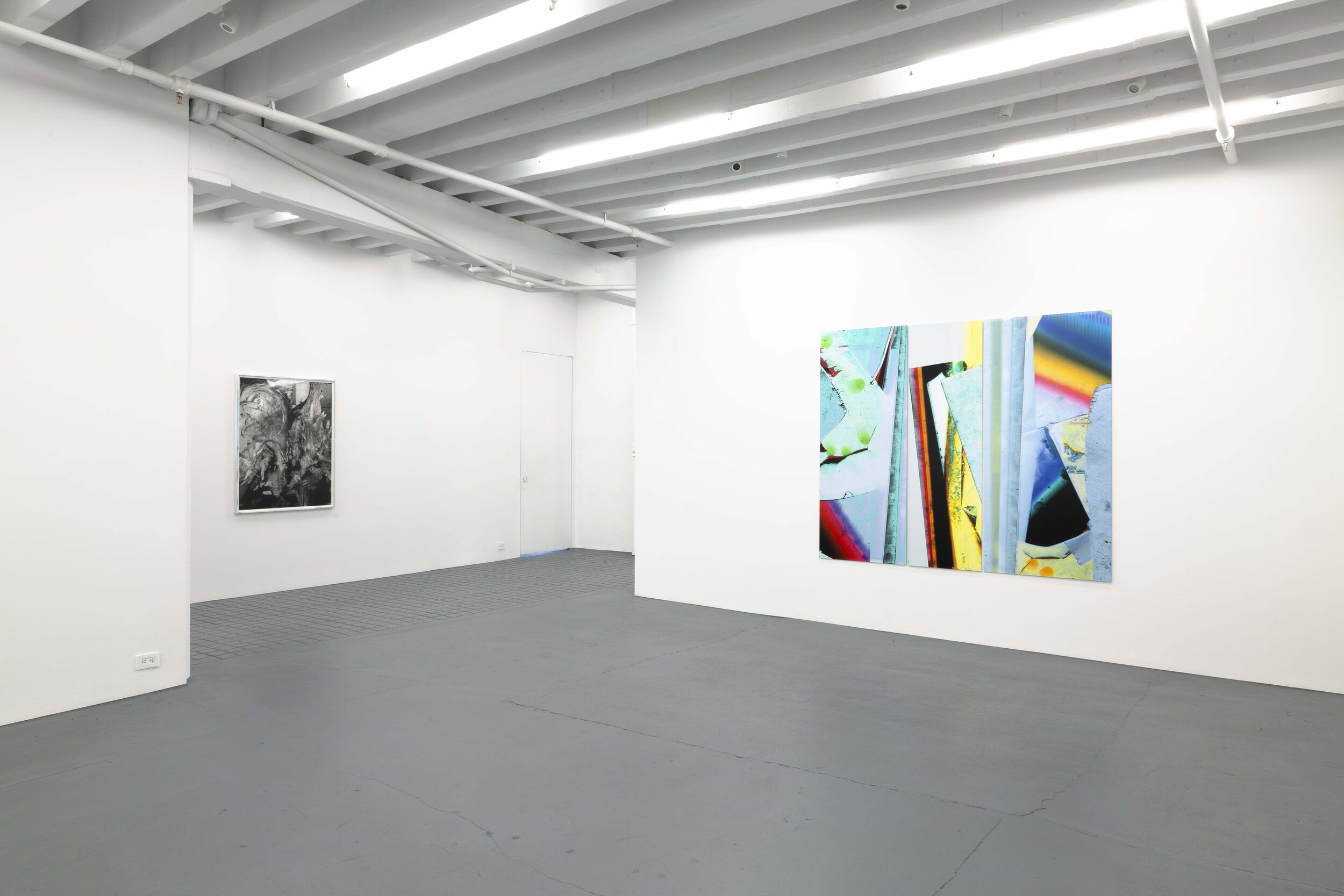


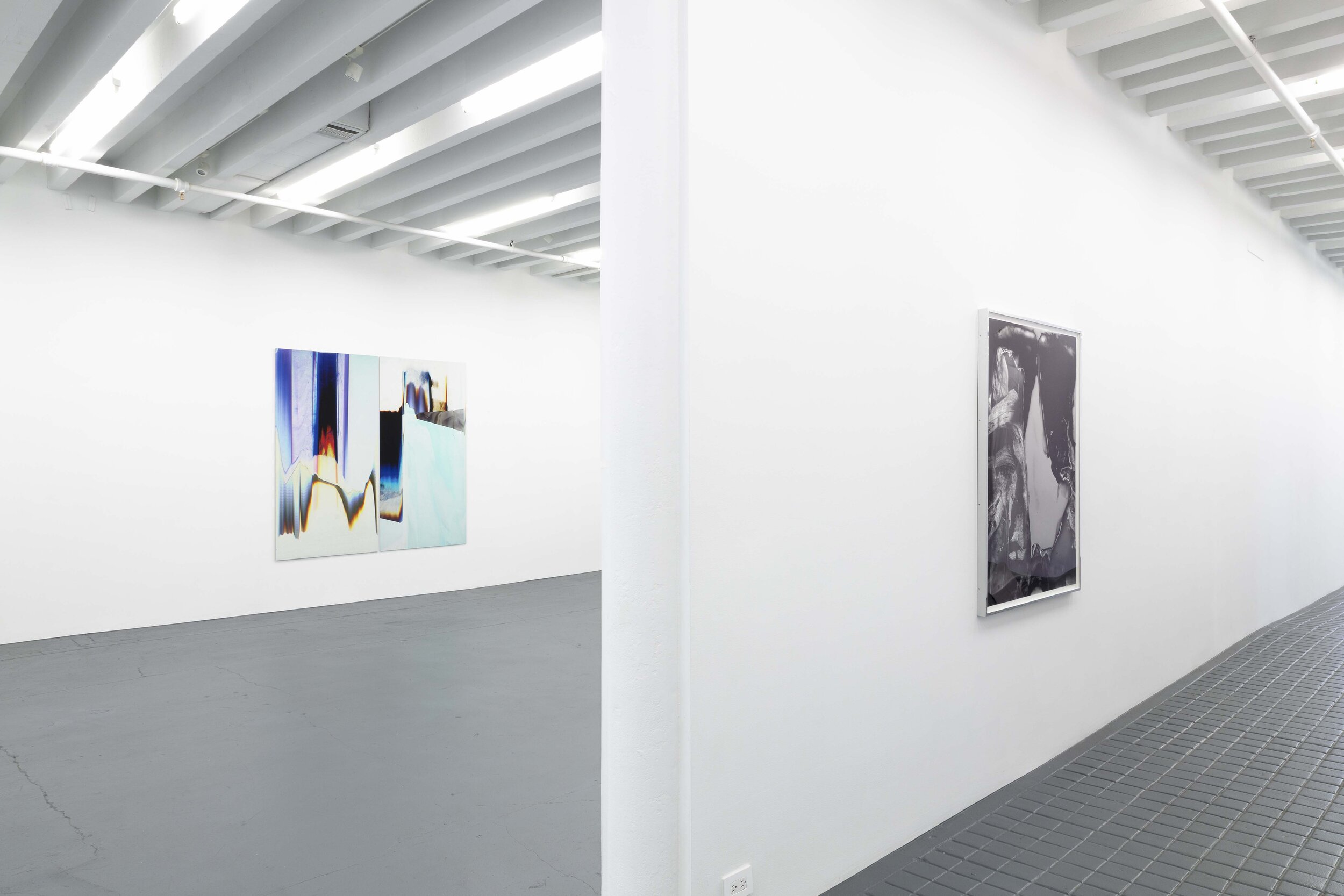
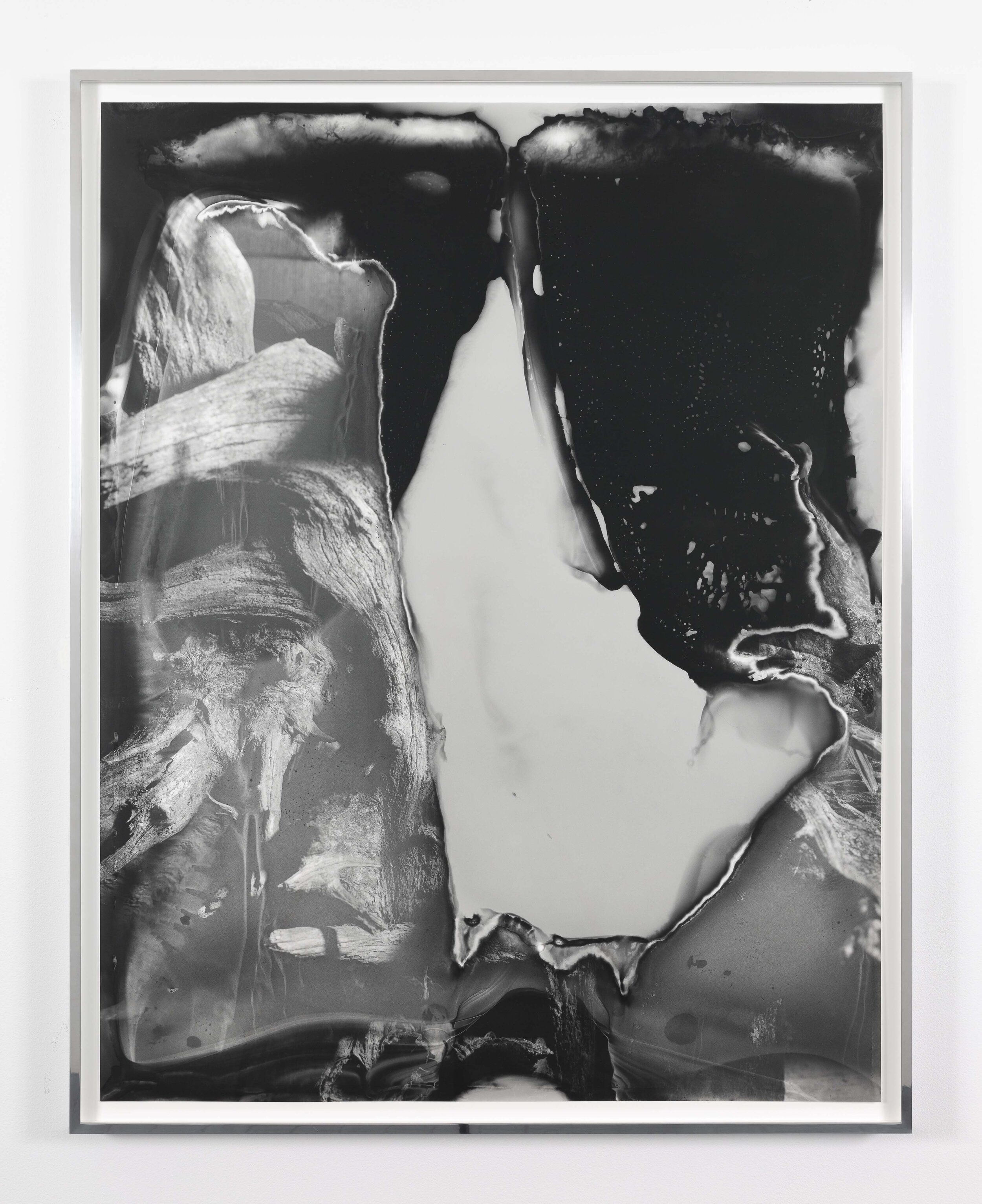
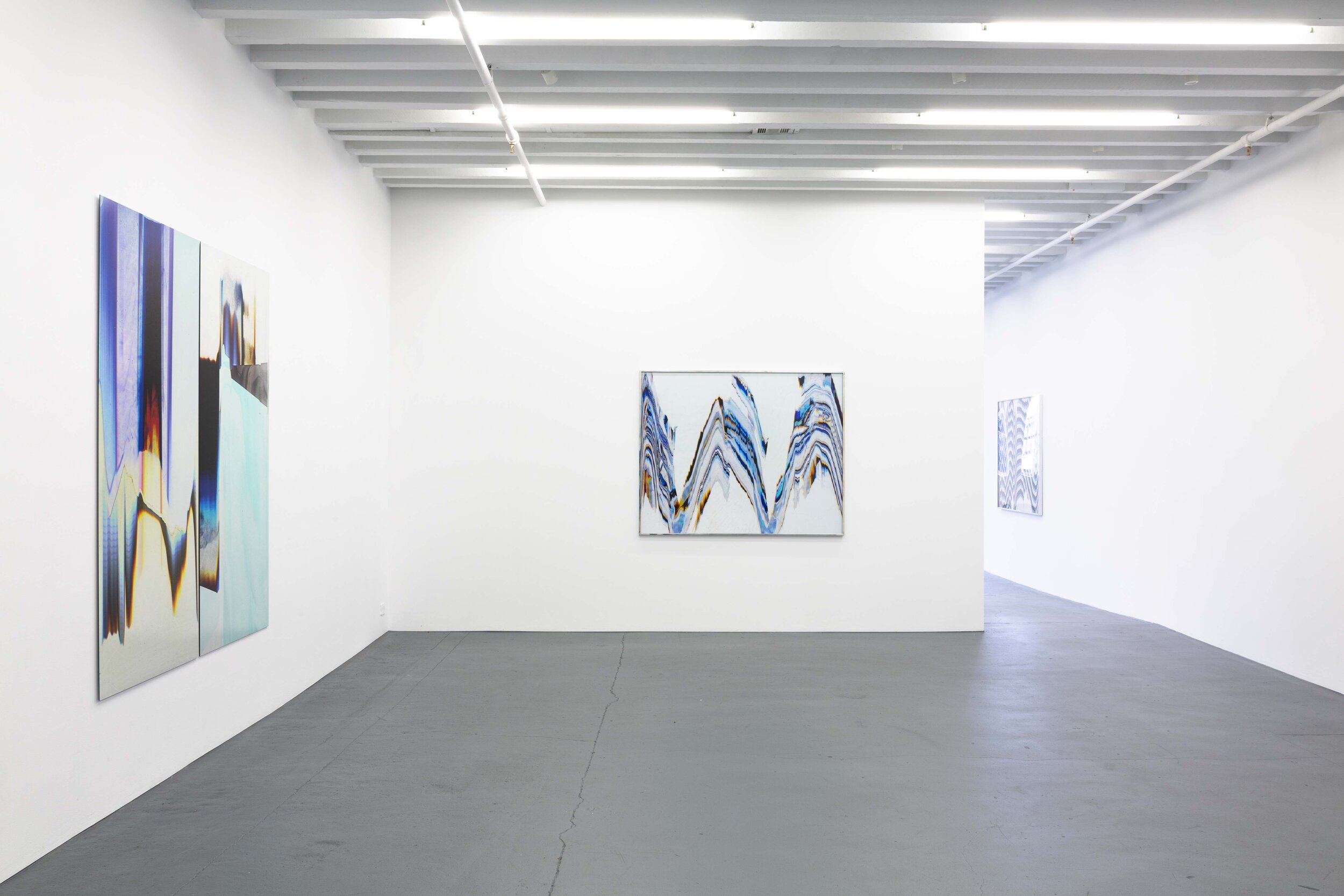
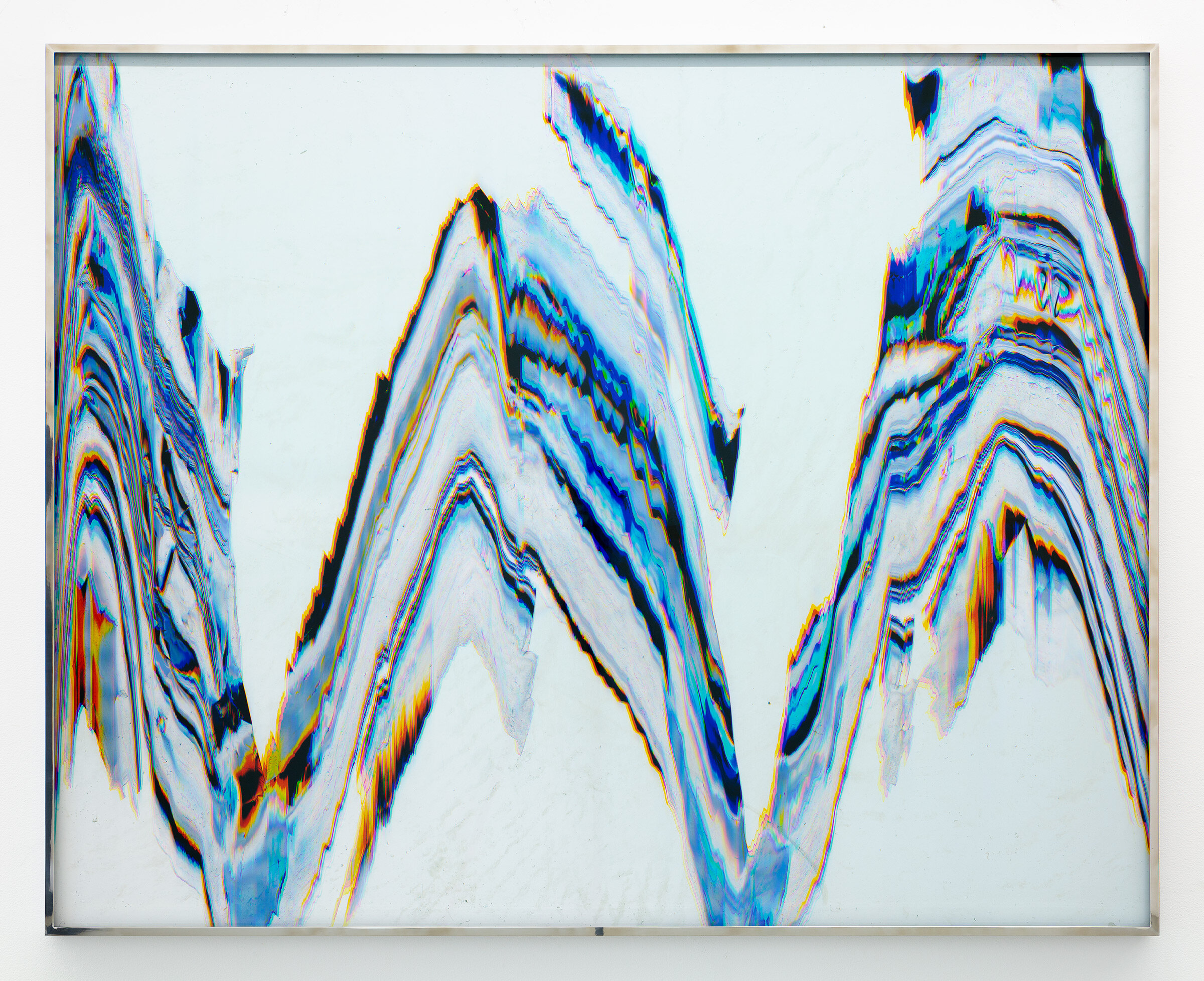
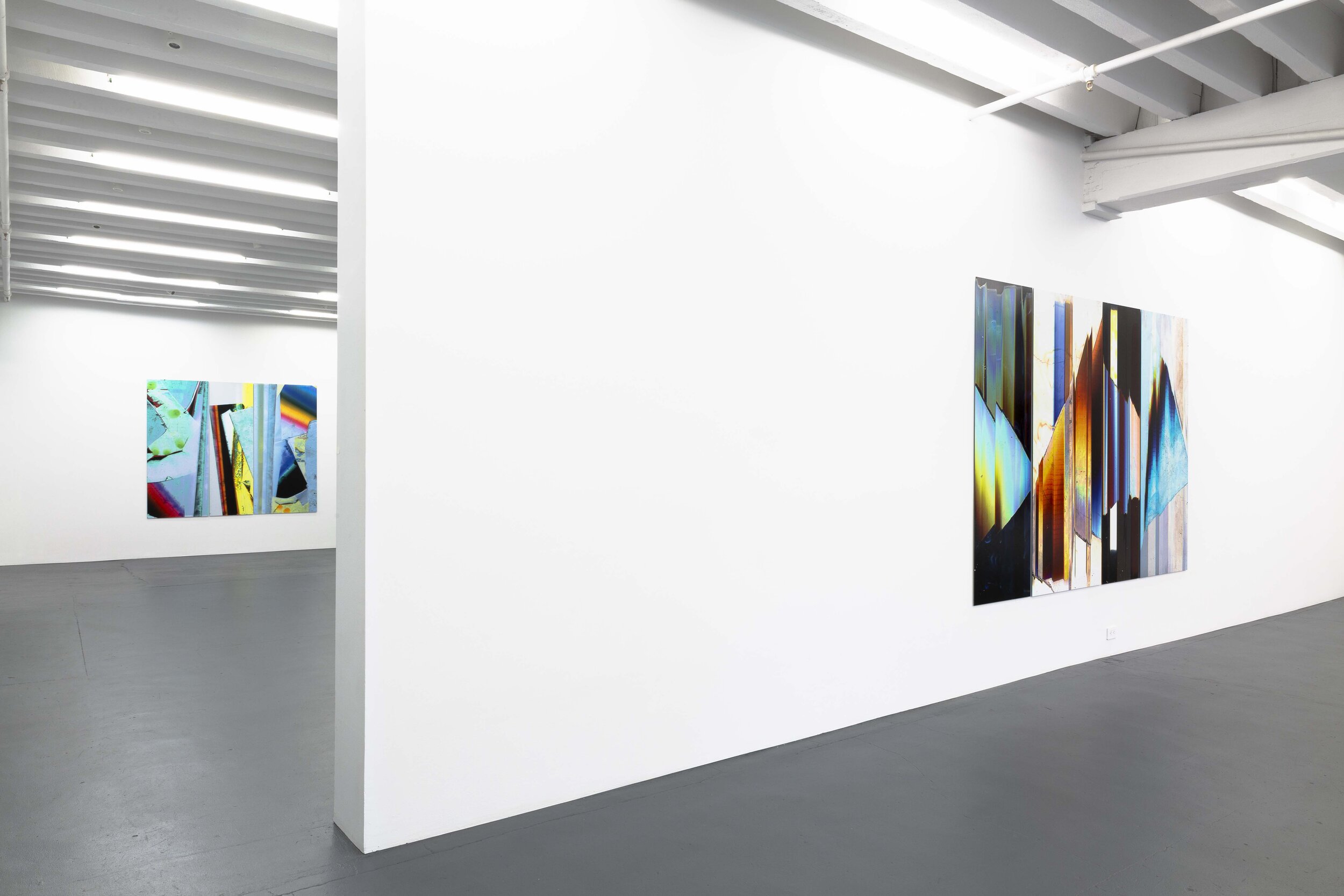
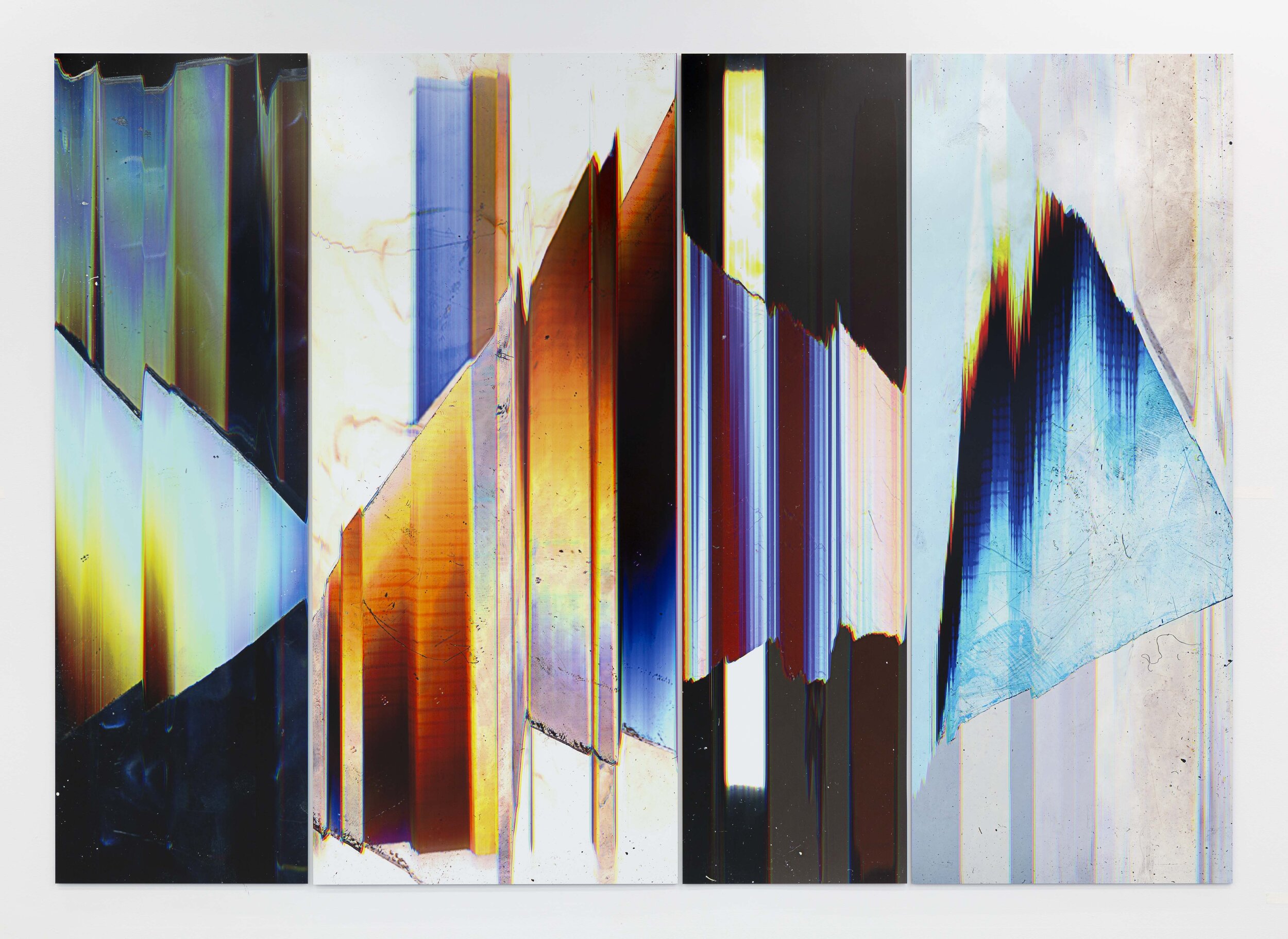
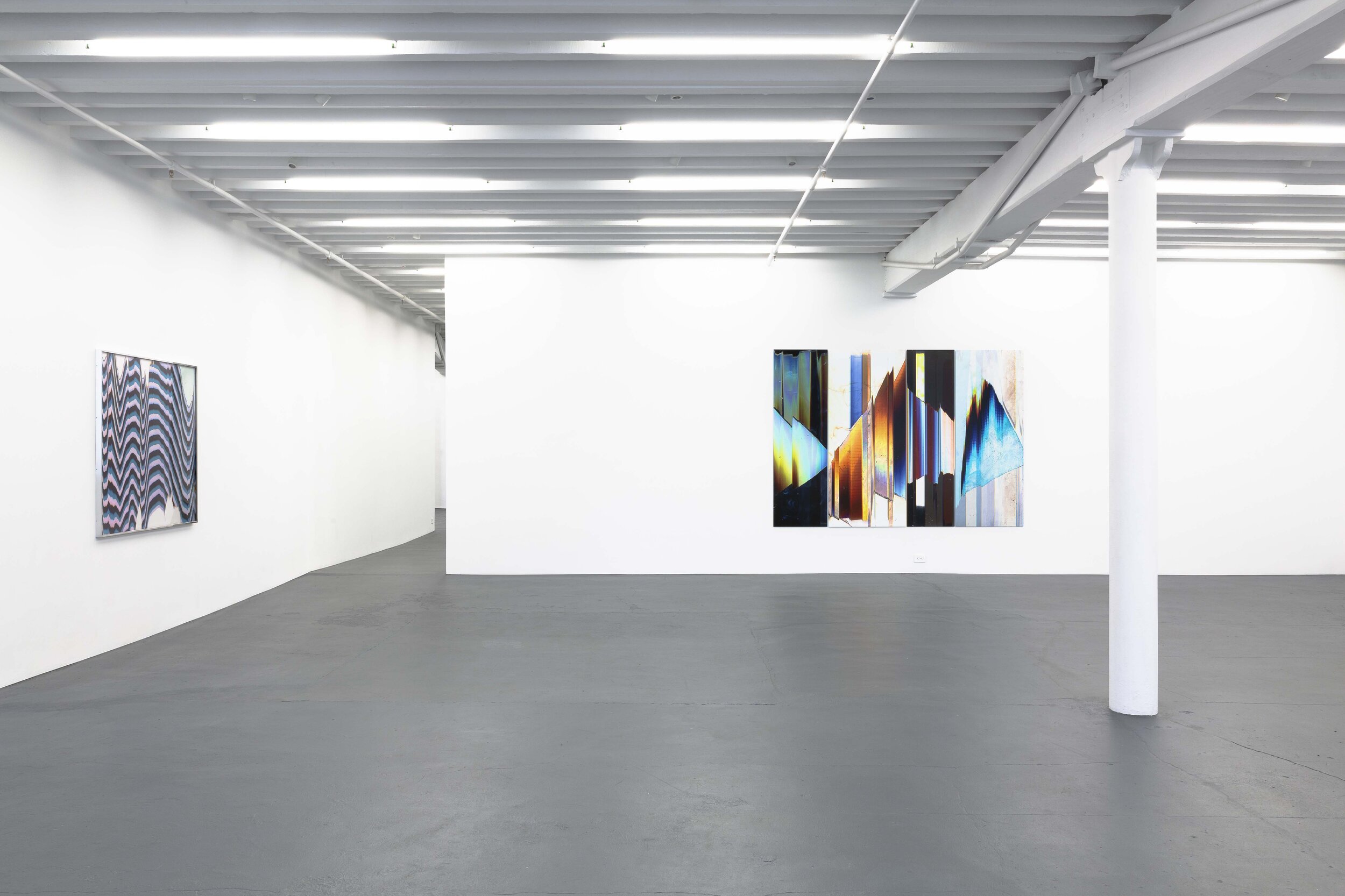
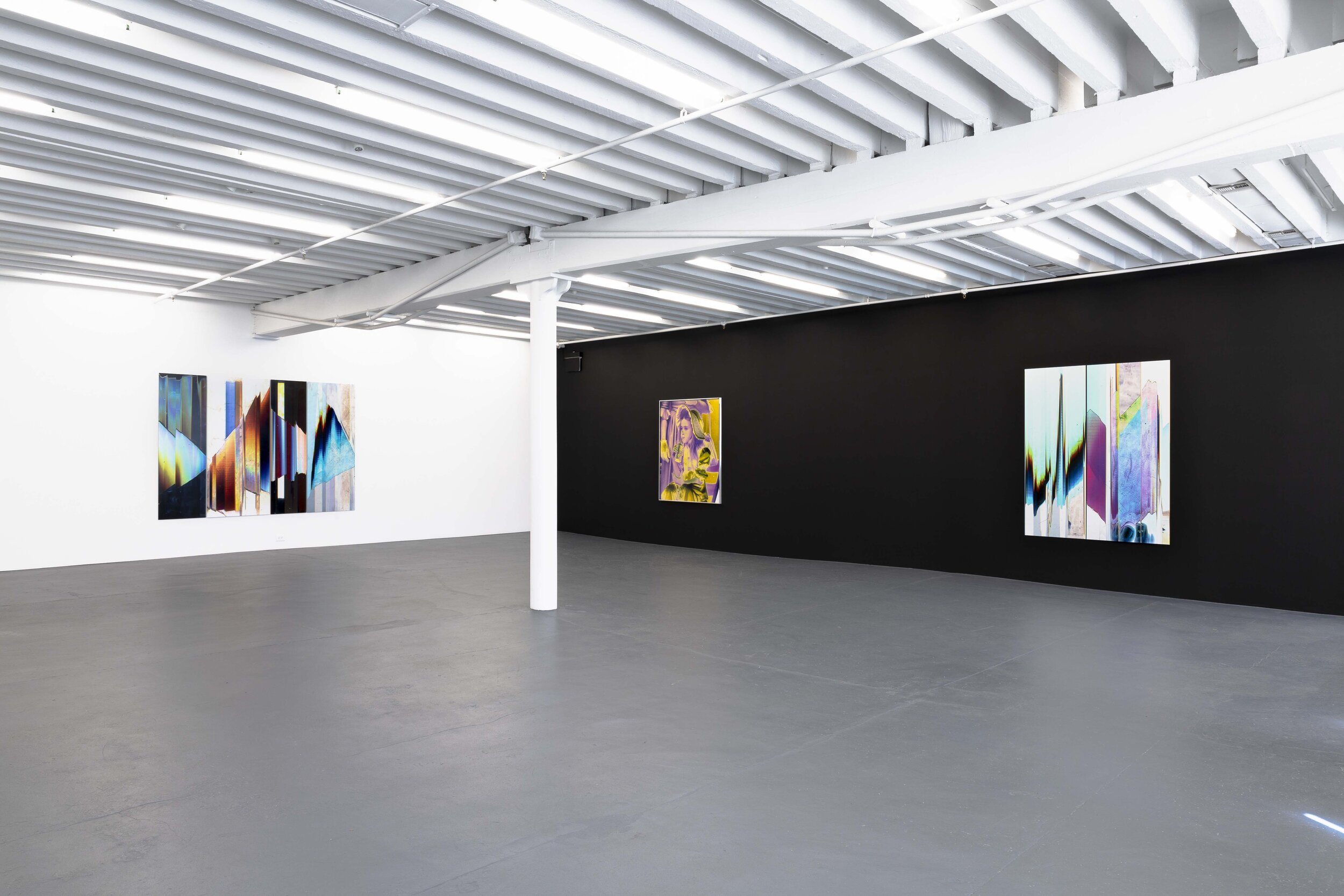
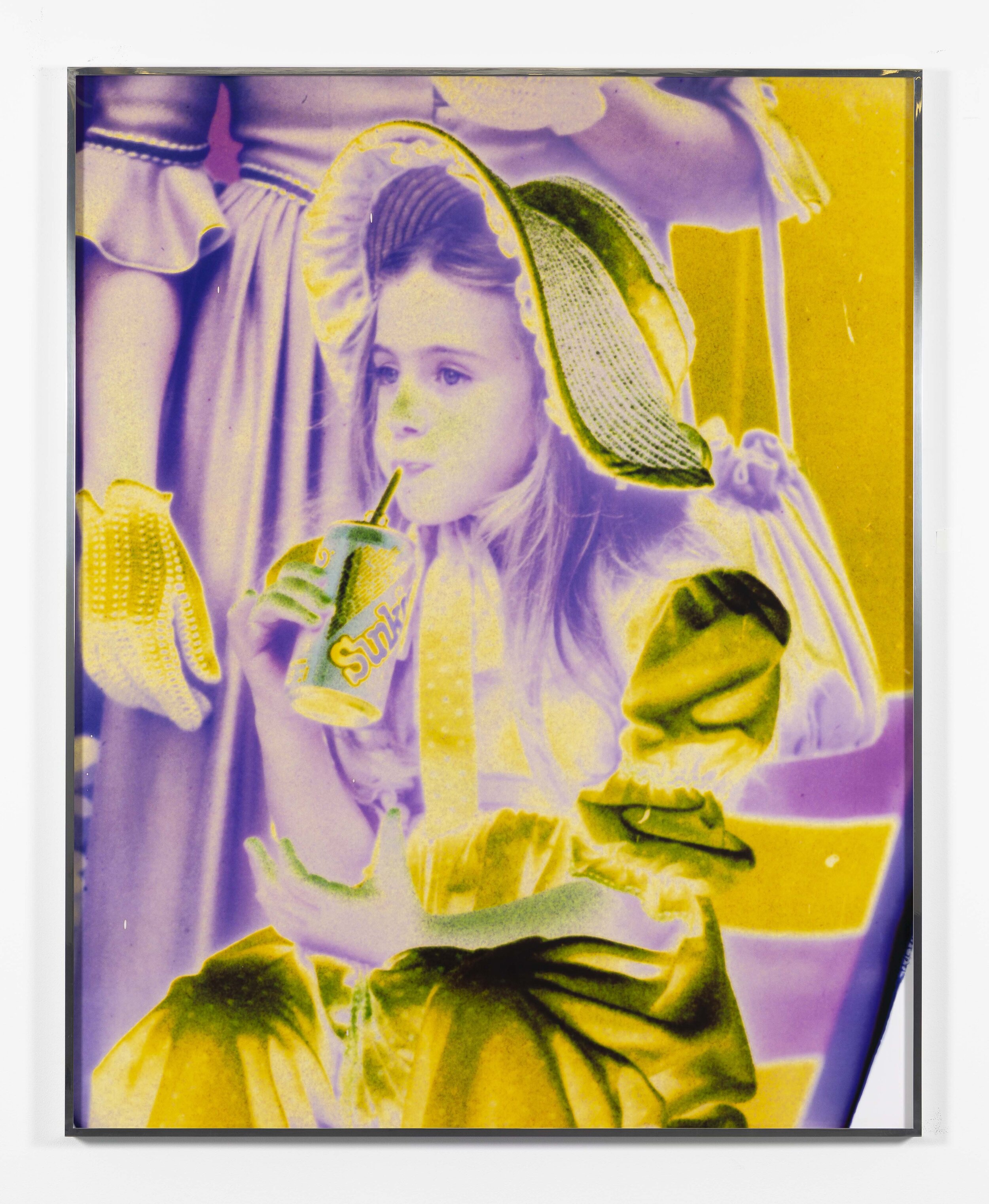


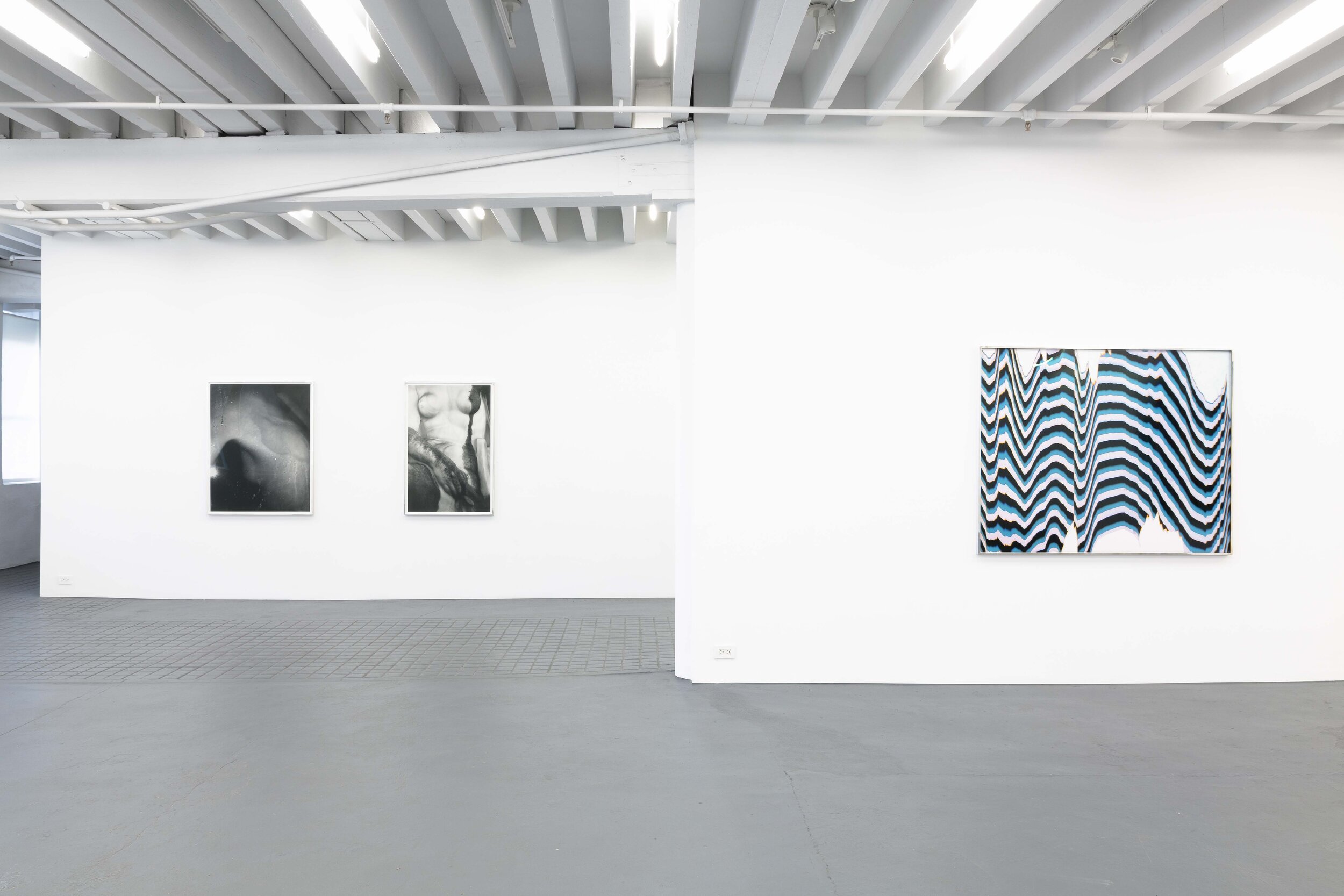

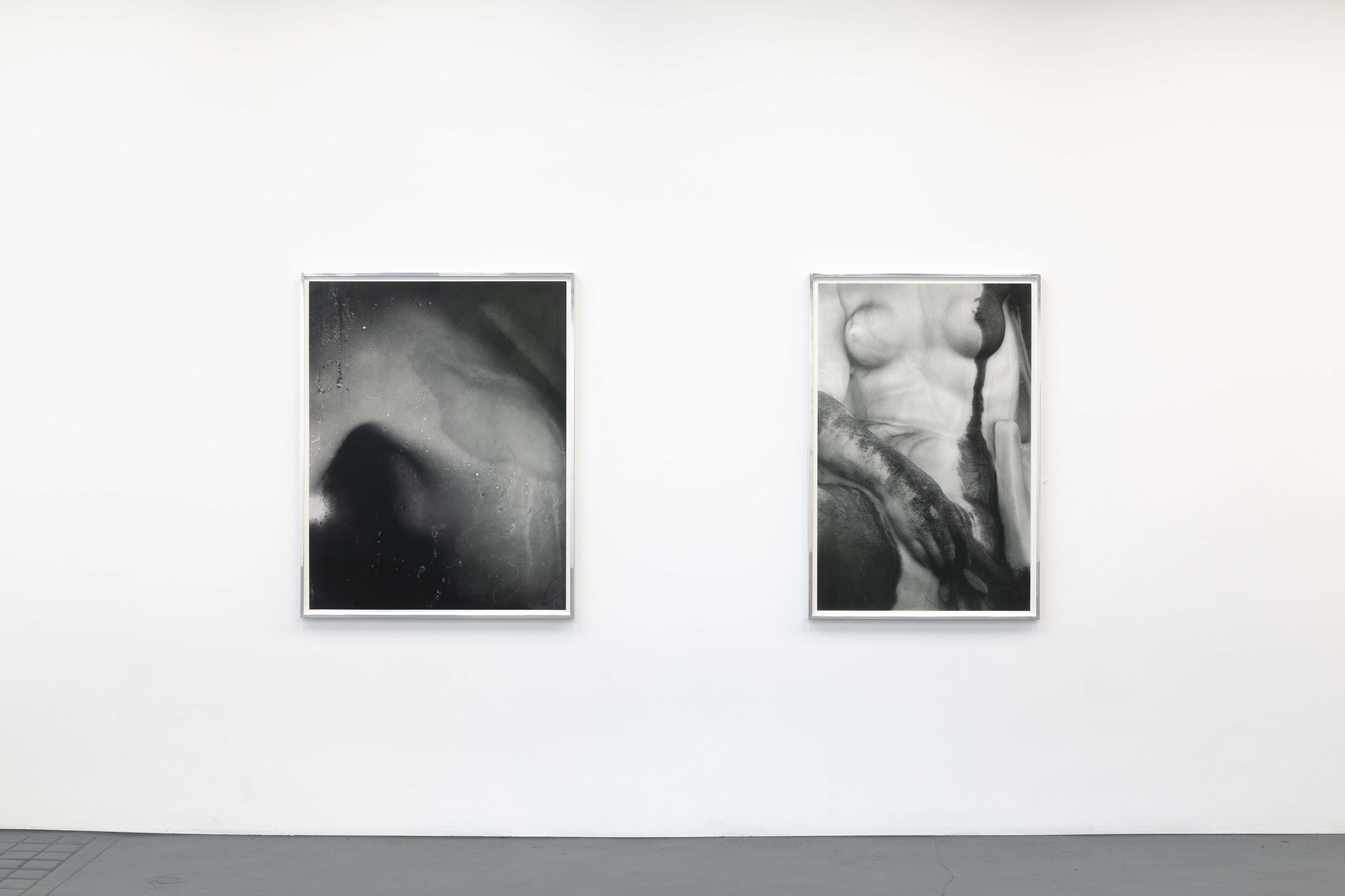
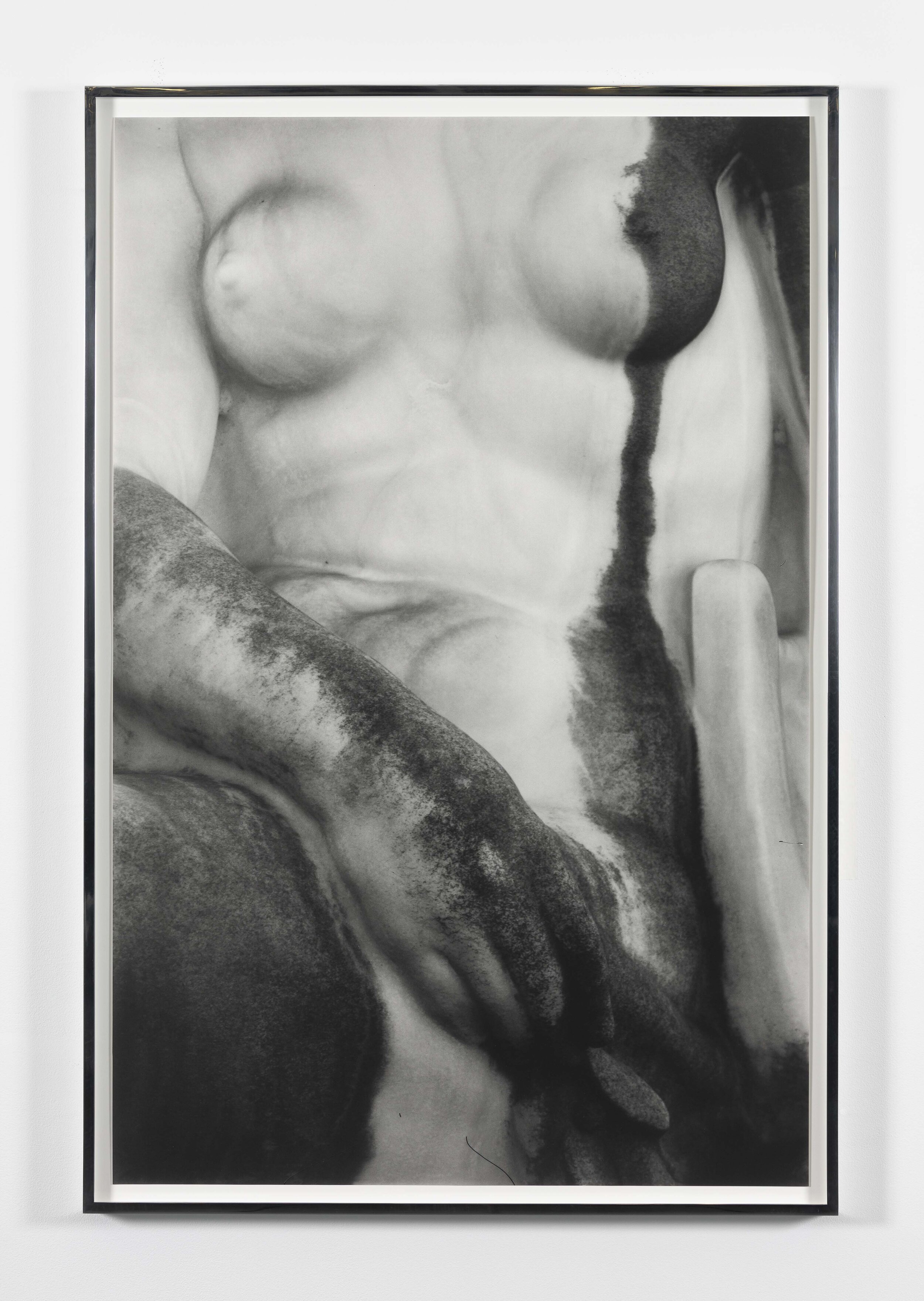
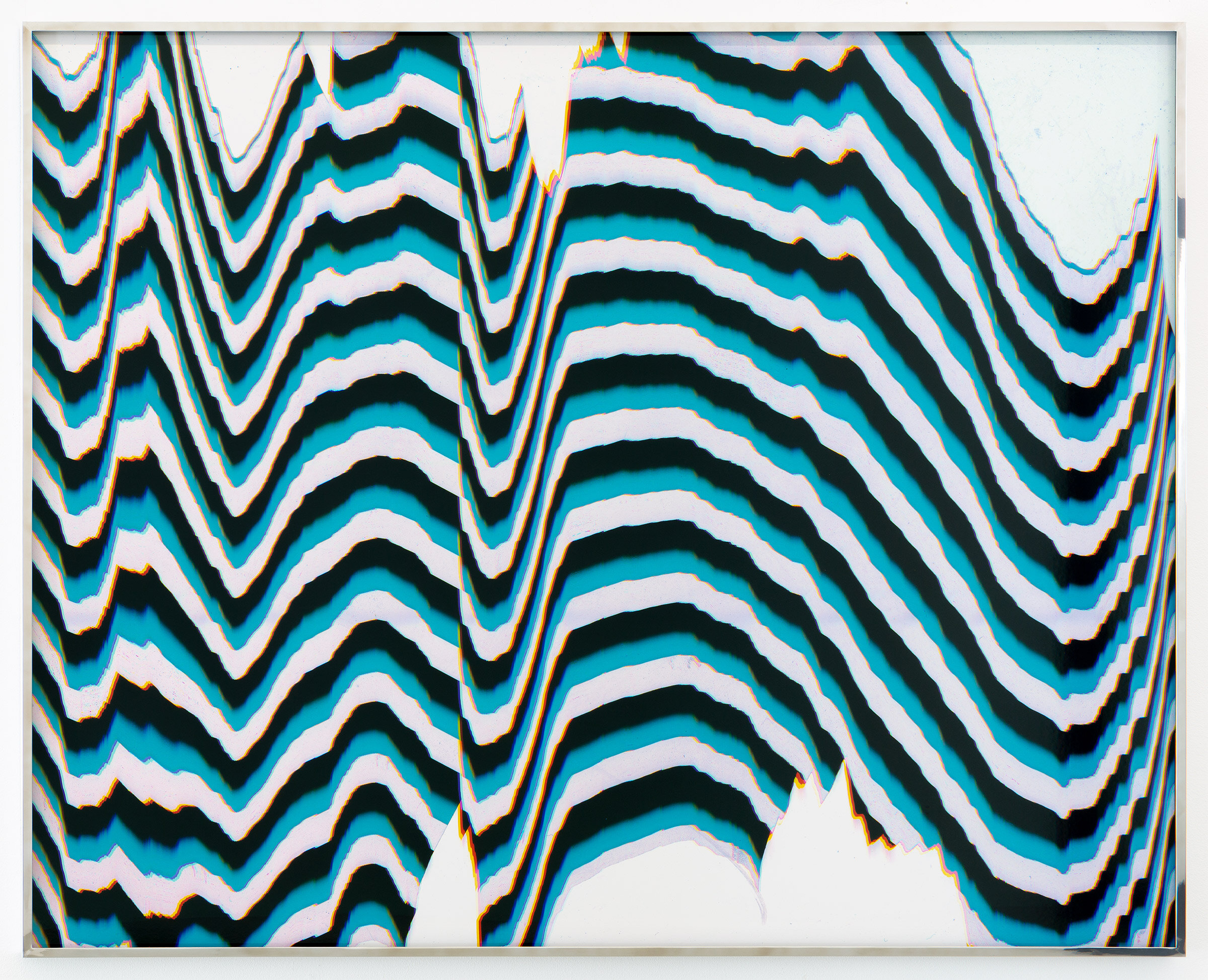
Displacements and Dead Trees
September 10 - November 14, 2020
Link: Miguel Abreu Gallery
Miguel Abreu Gallery is pleased to announce the opening, on Thursday, September 10th, of Eileen Quinlan and Cheyney Thompson’s two-person exhibition, Displacements and Dead Trees. The show will be held at our 36 Orchard Street location, while Dawn Goes Down, Quinlan’s concurrent solo exhibition will be on view at our 88 Eldridge Street location.
Eileen Quinlan’s sequence of new, mostly black and white photographs of trees and scenes from nature is here presented in dialogue with a suite of paintings by Cheyney Thompson from his recent Displacement series. The exhibition inaugurates this new body of work comprised of medium-scaled, chiefly black and white works, which the artist has developed over the past year.
As a dedicated literalist operating in the tradition of ‘what you see is what you get’ in painting, Thompson tends to astutely foreground the layers that participate in the subtle articulation of his works. Perhaps at no time in his career, however, has this plain truth and disposition been more nakedly visible and generously functioning than in this Displacement series. An initial layer of sprayed gesso is applied to the support, before a stencil made of small squares in grid formation is affixed to the linen and painted black, thus activating the retinal dimension of the flat surface. This simple and fundamental structure, one steeped in the history of art and of Thompson’s medium of choice, then becomes the ground for gestures of material and graphic displacement, for attempts at discrete acts of liberation from the imposed arrangement made possible by the very paired down elements at hand. A snake-like silicone tool is used to at times extend squares into lines, at others initiate more dramatic painterly movements and smear effects. Surprising shapes of varied intensities ensue from these decidedly physical processes that always leave in plain sight the trace of their own making. Forms often seem to float in a state of suspension and produce illusions of three dimensional space, a space that remains directly connected, however, to its two dimensional sources. Finally and unexpectedly, as the insistent eye wonders and lingers upon these works, the contours of recognizable things, as if by chance, might begin to appear: a falling bird here, a tree trunk and a branch there. In one of the paintings, a yellow gradient is introduced like an intrusion of color from the outside.
Allegorically speaking, if the notion of displacement can suggest the unwarranted movement of objects all the way indeed to that of actual people, as it obviously does today, Thompson reminds us with these at once humble and compellingly executed paintings that it is feasible, in art, to mentally as well as materially escape from established formal circumstances. And as is well known, art at its best is an invitation to see something new that can be turned, eventually, into a model for decisive action….
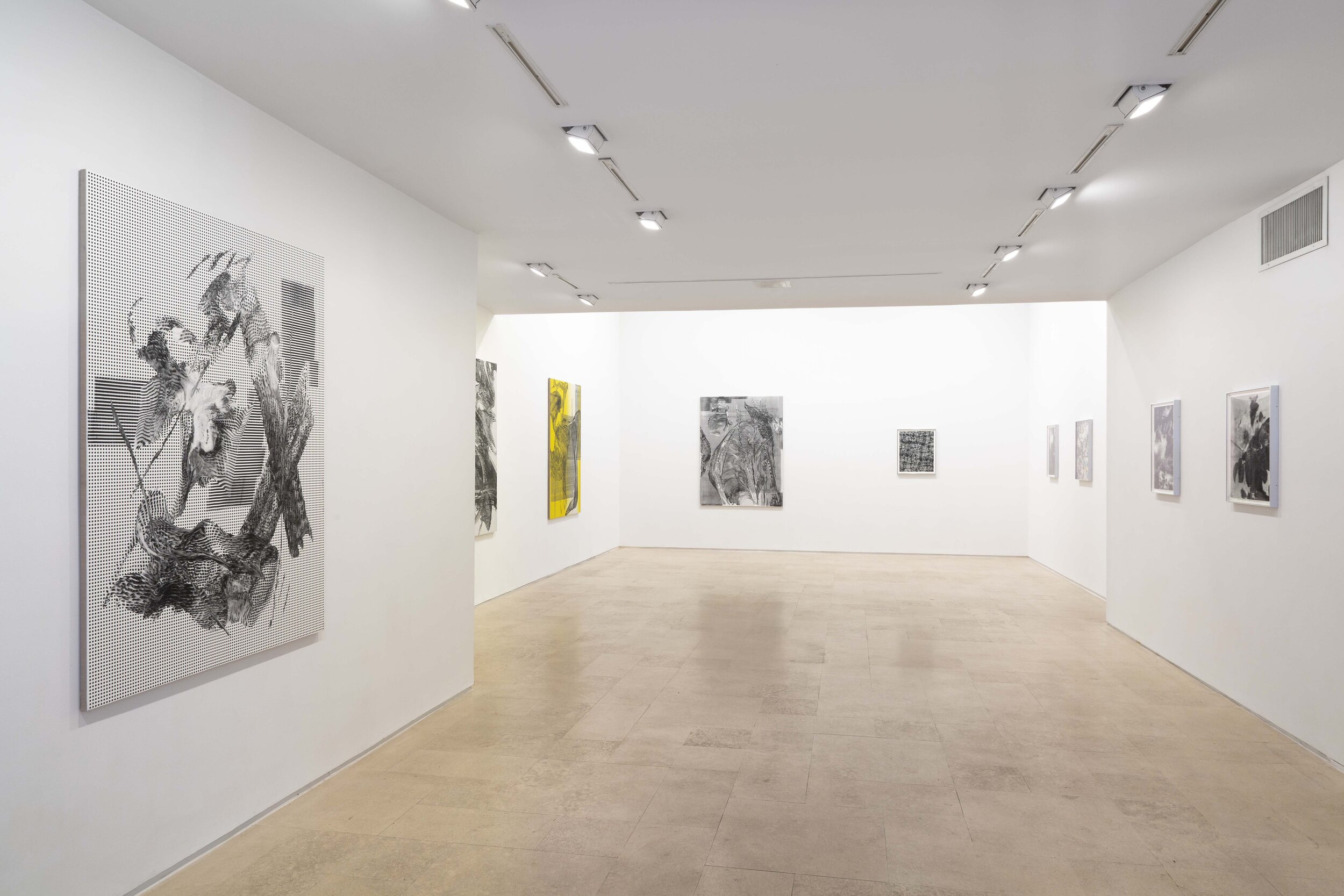
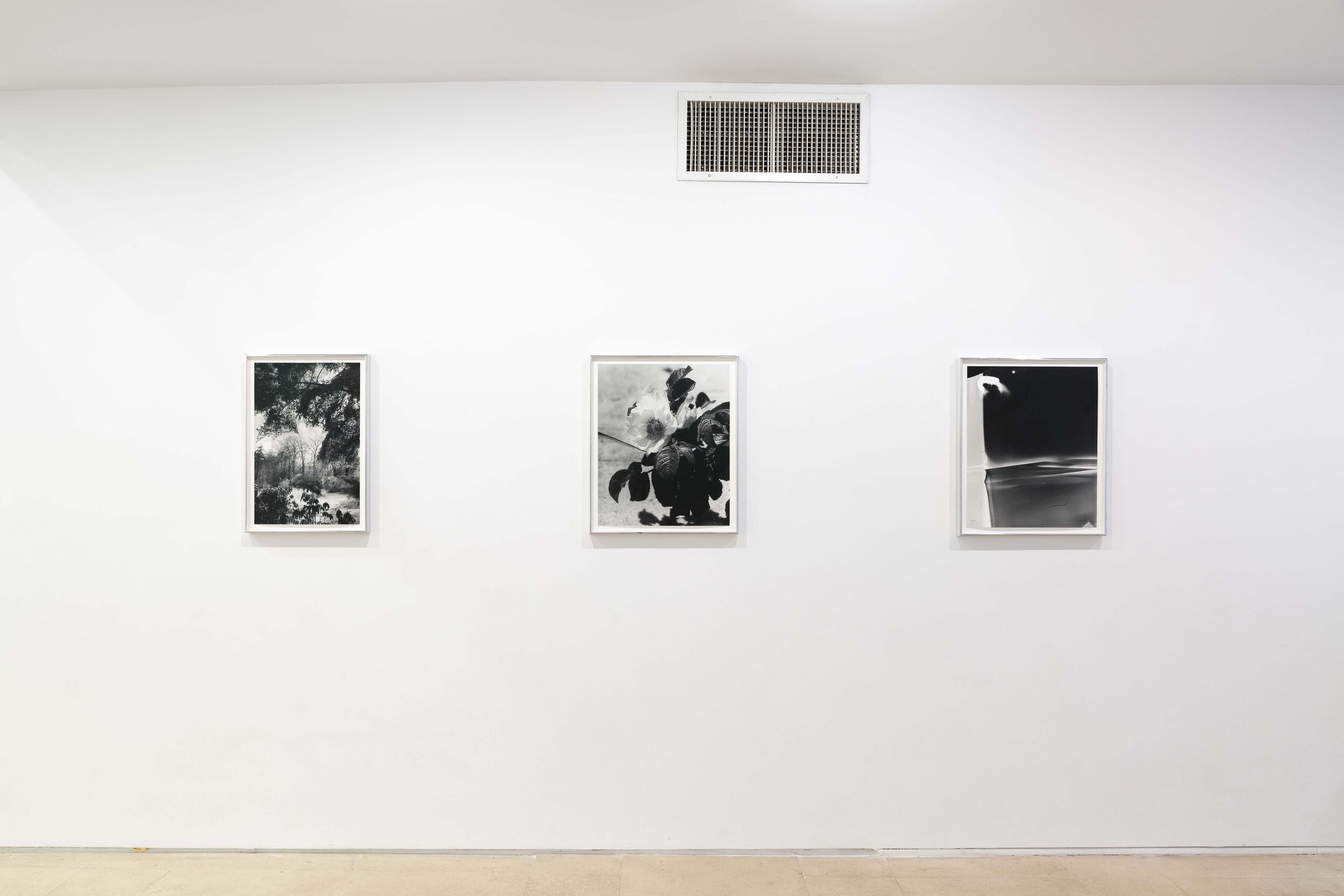
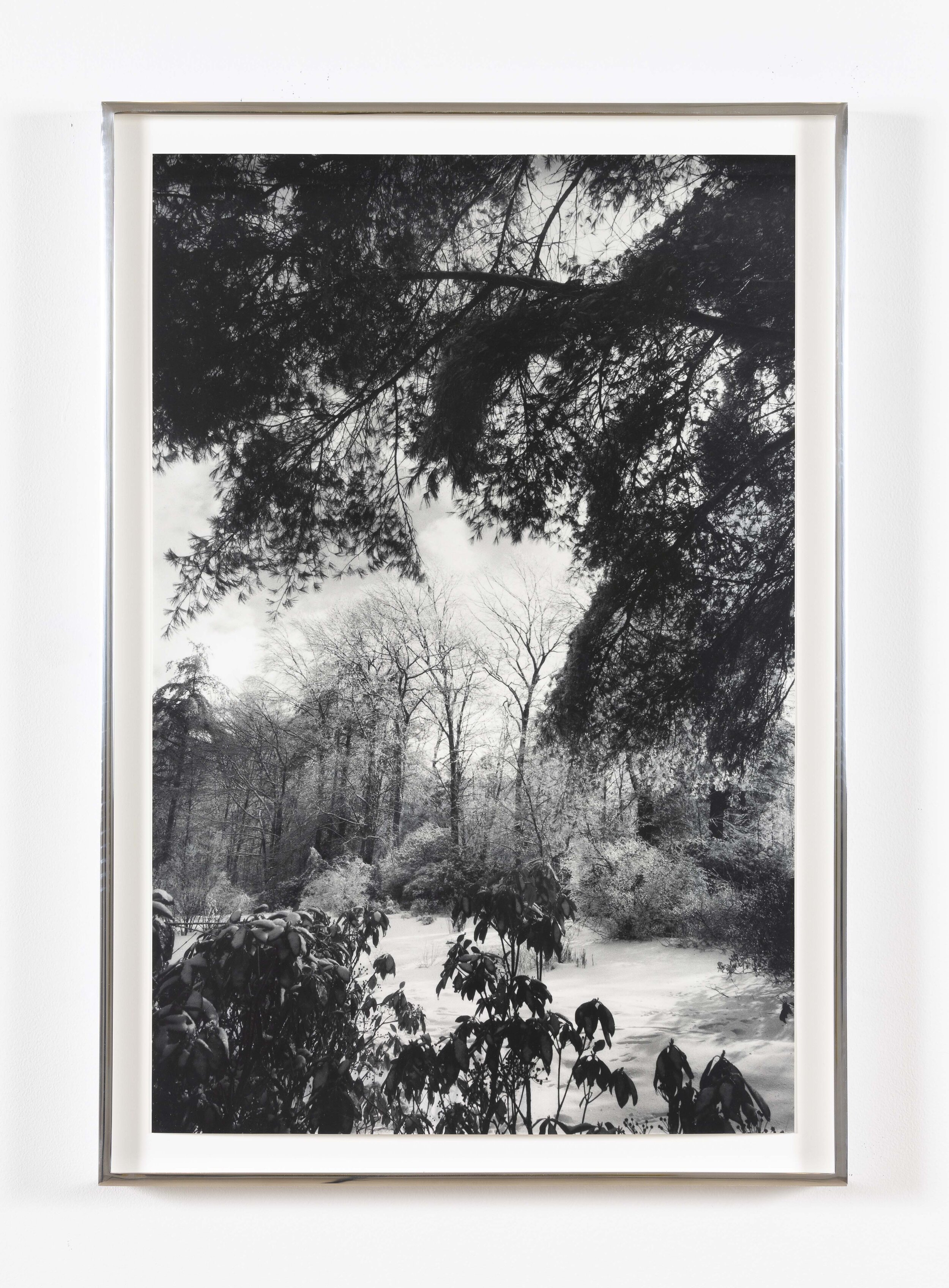
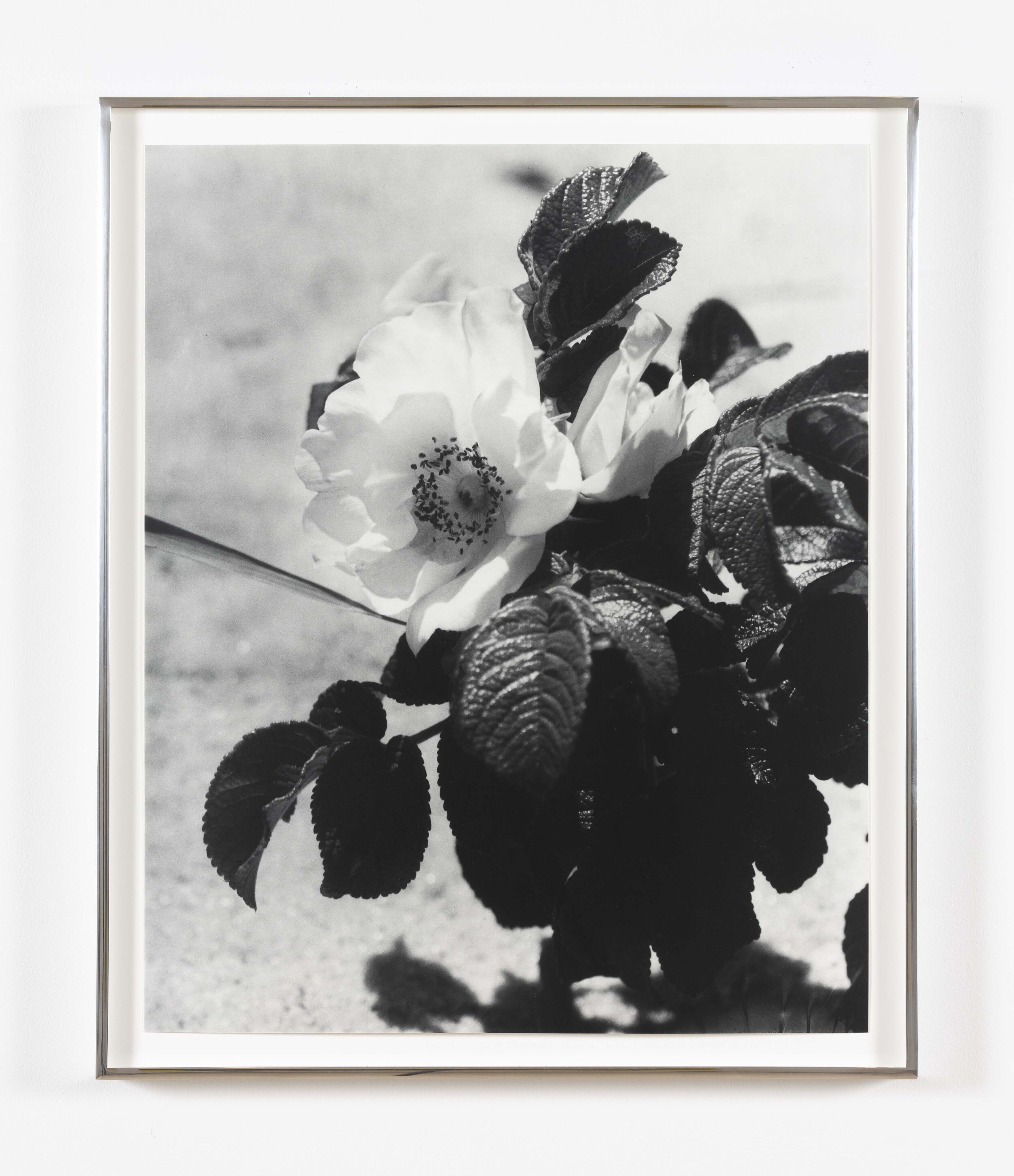
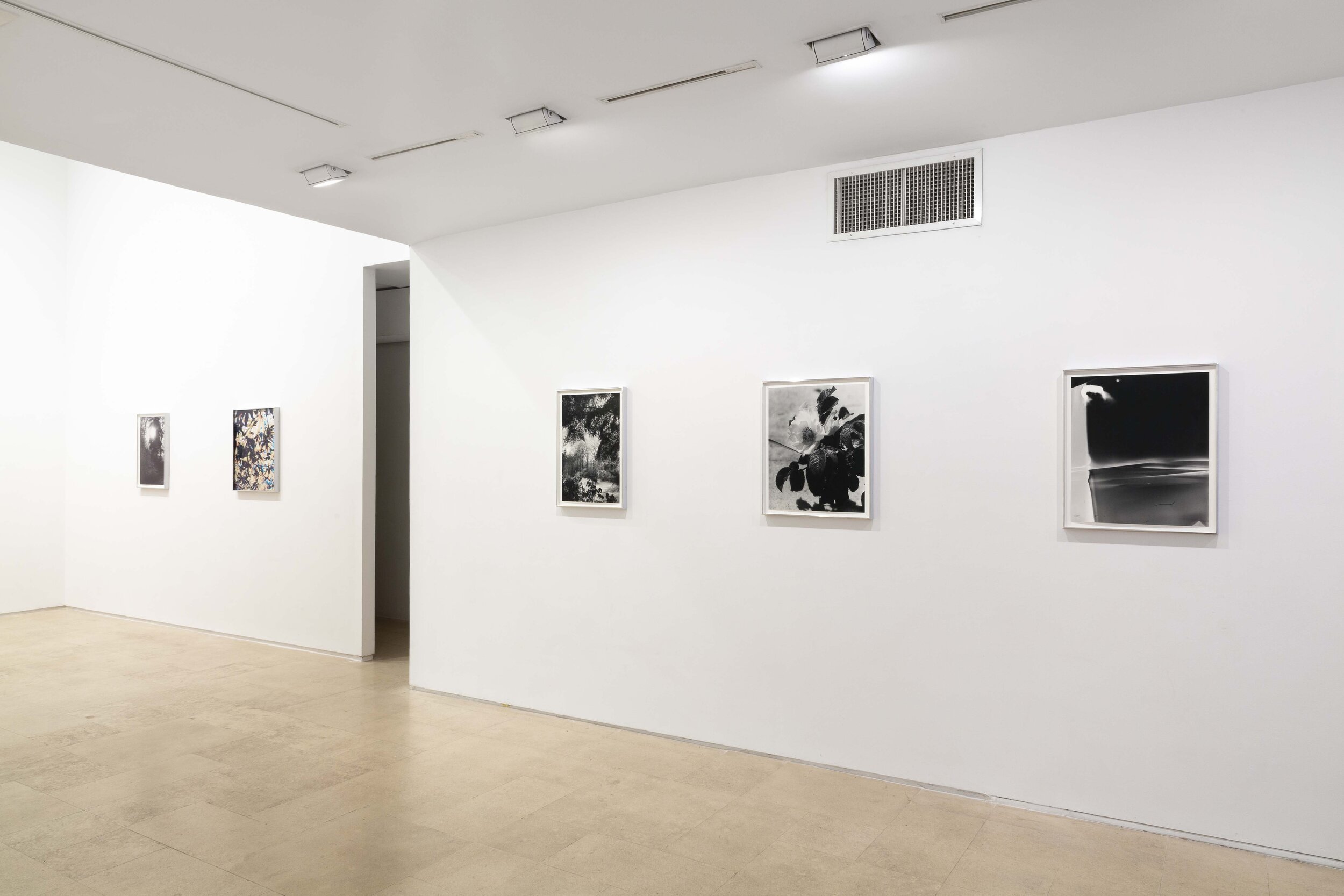
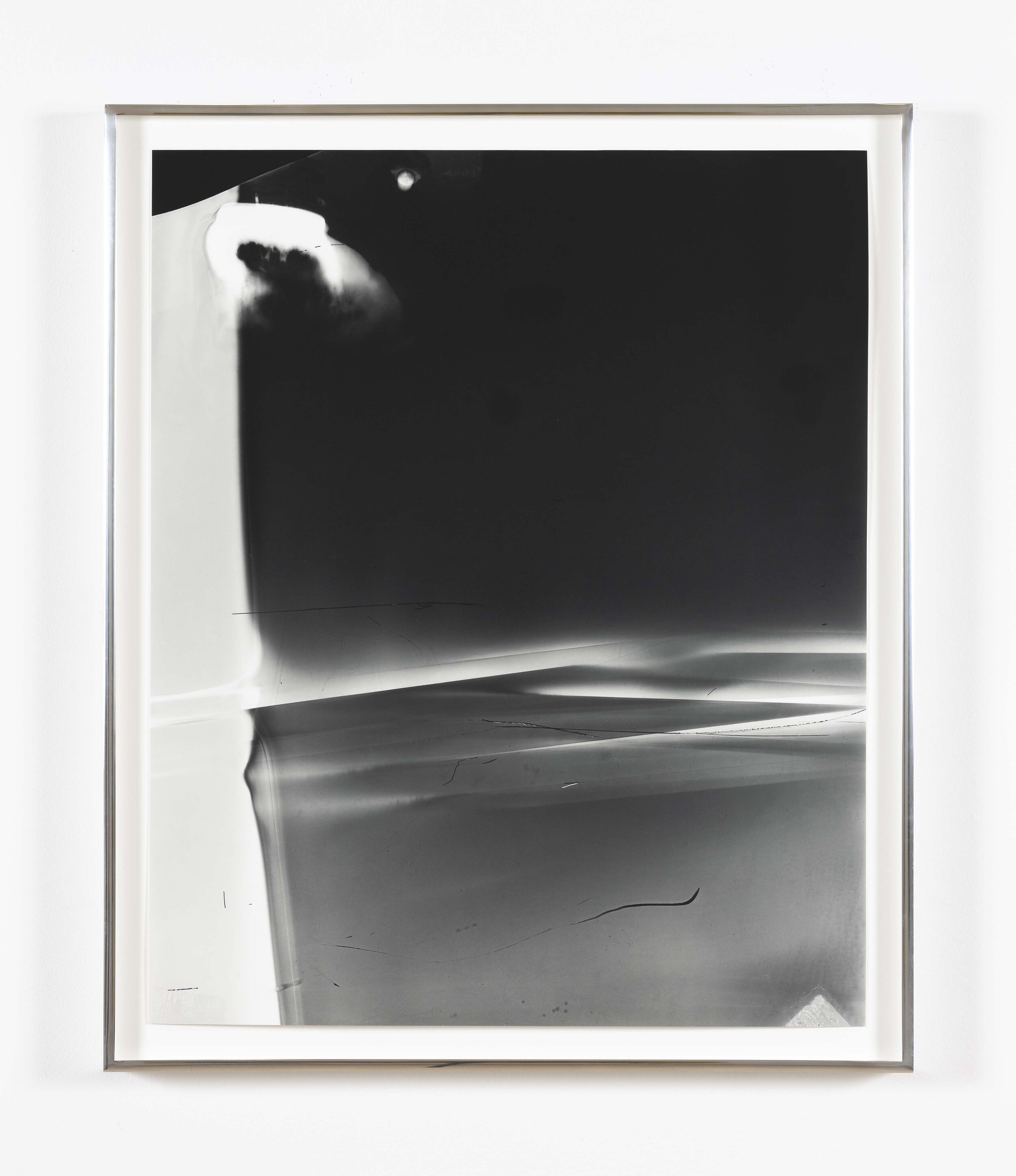
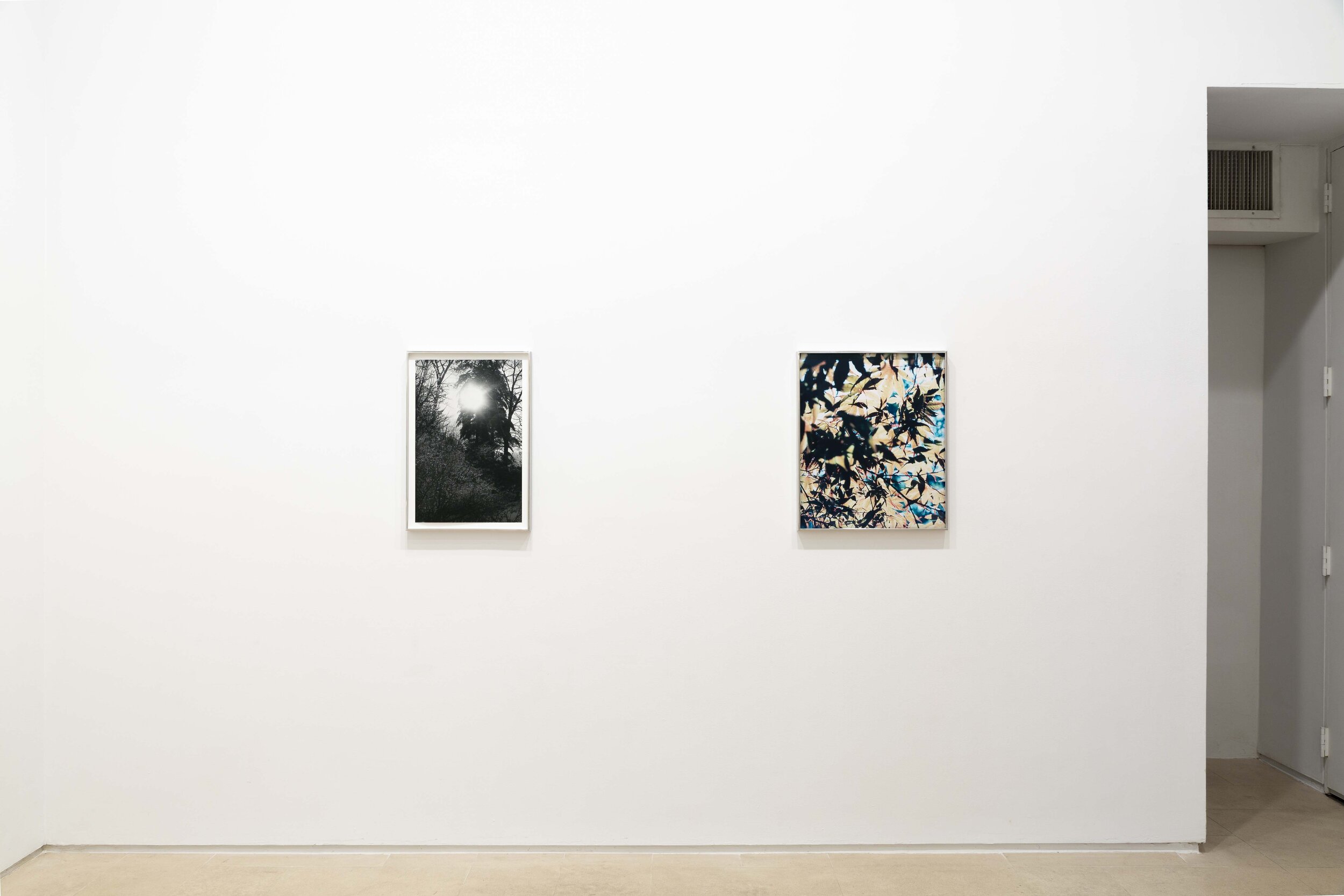
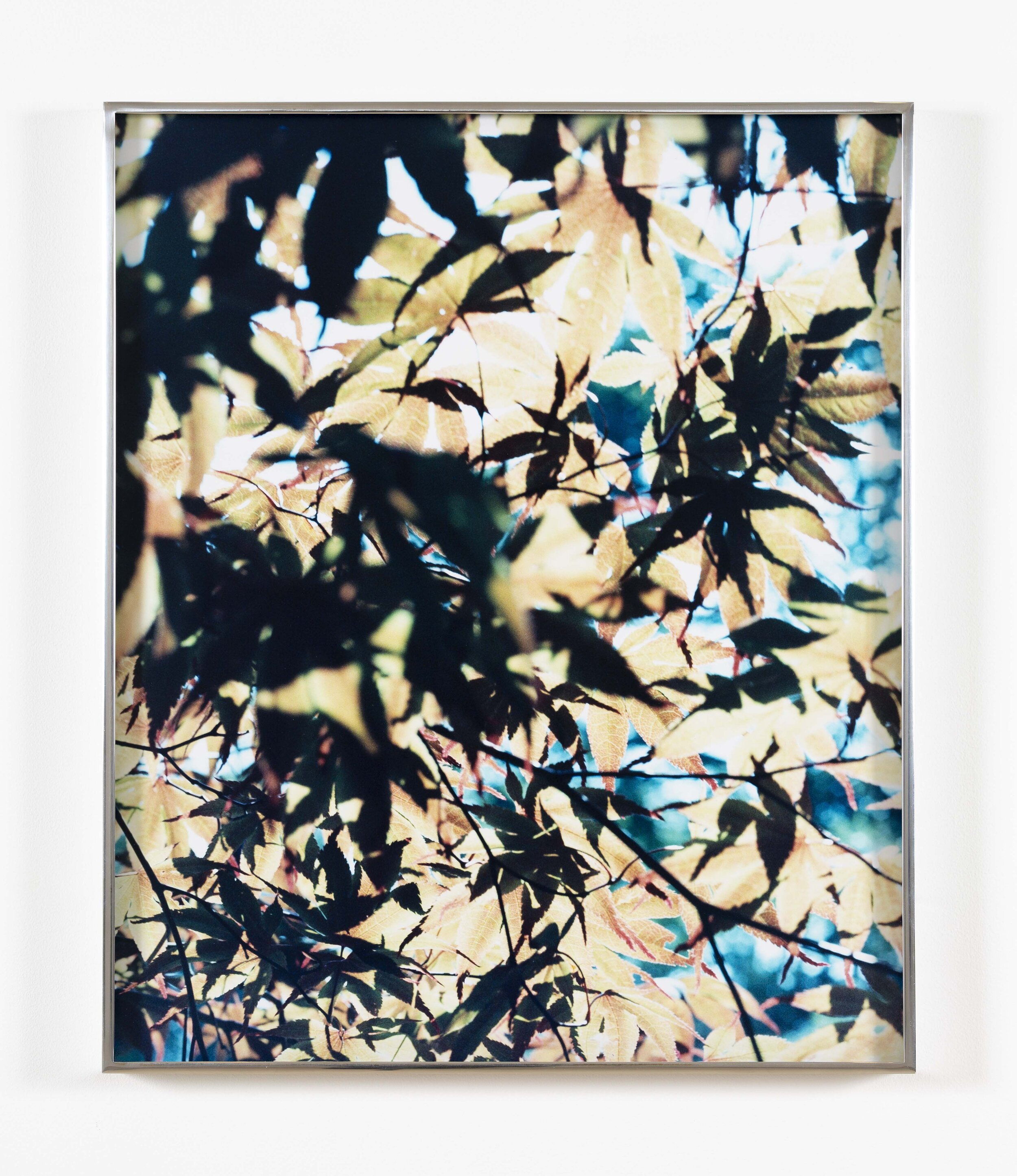
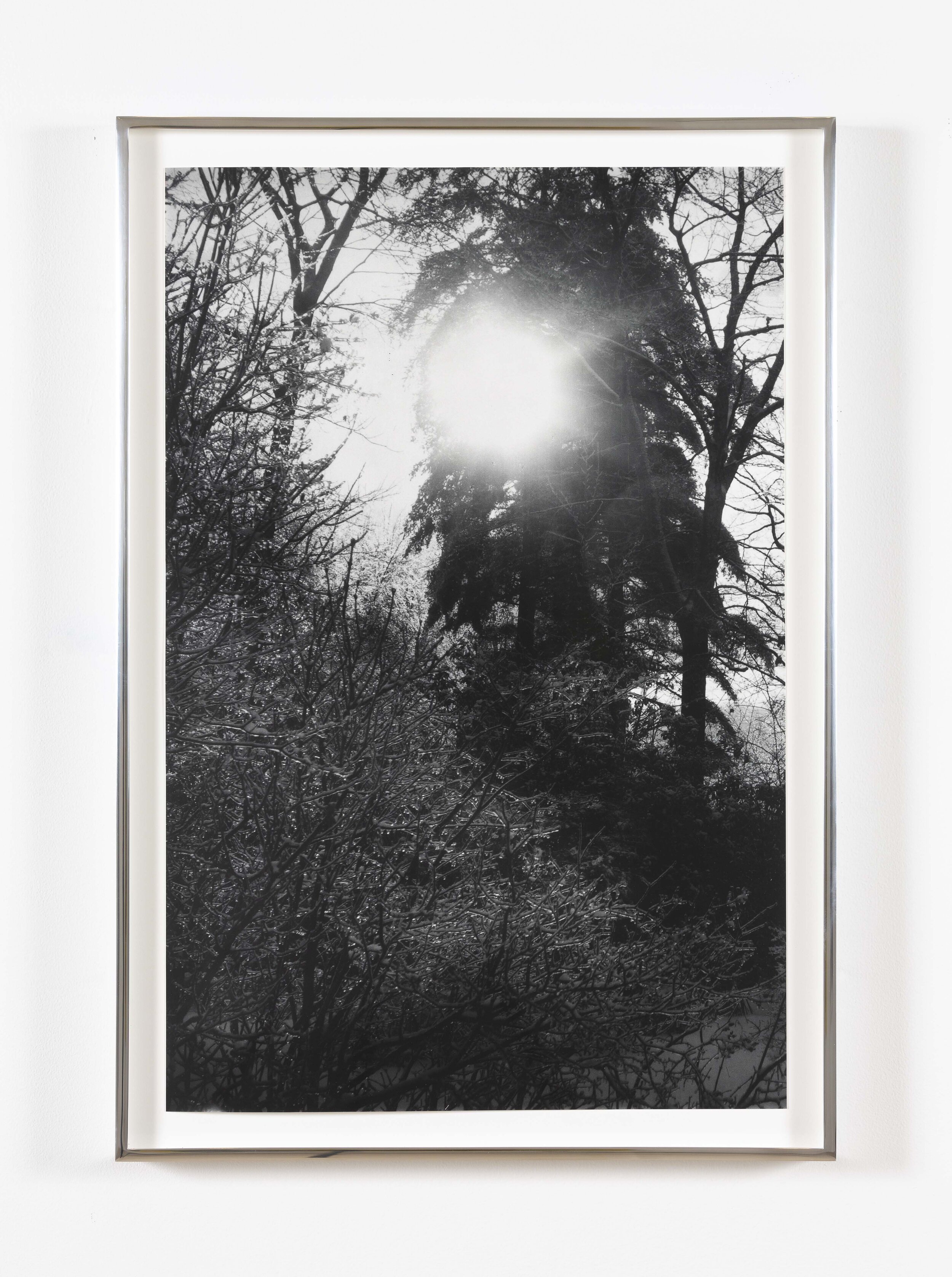
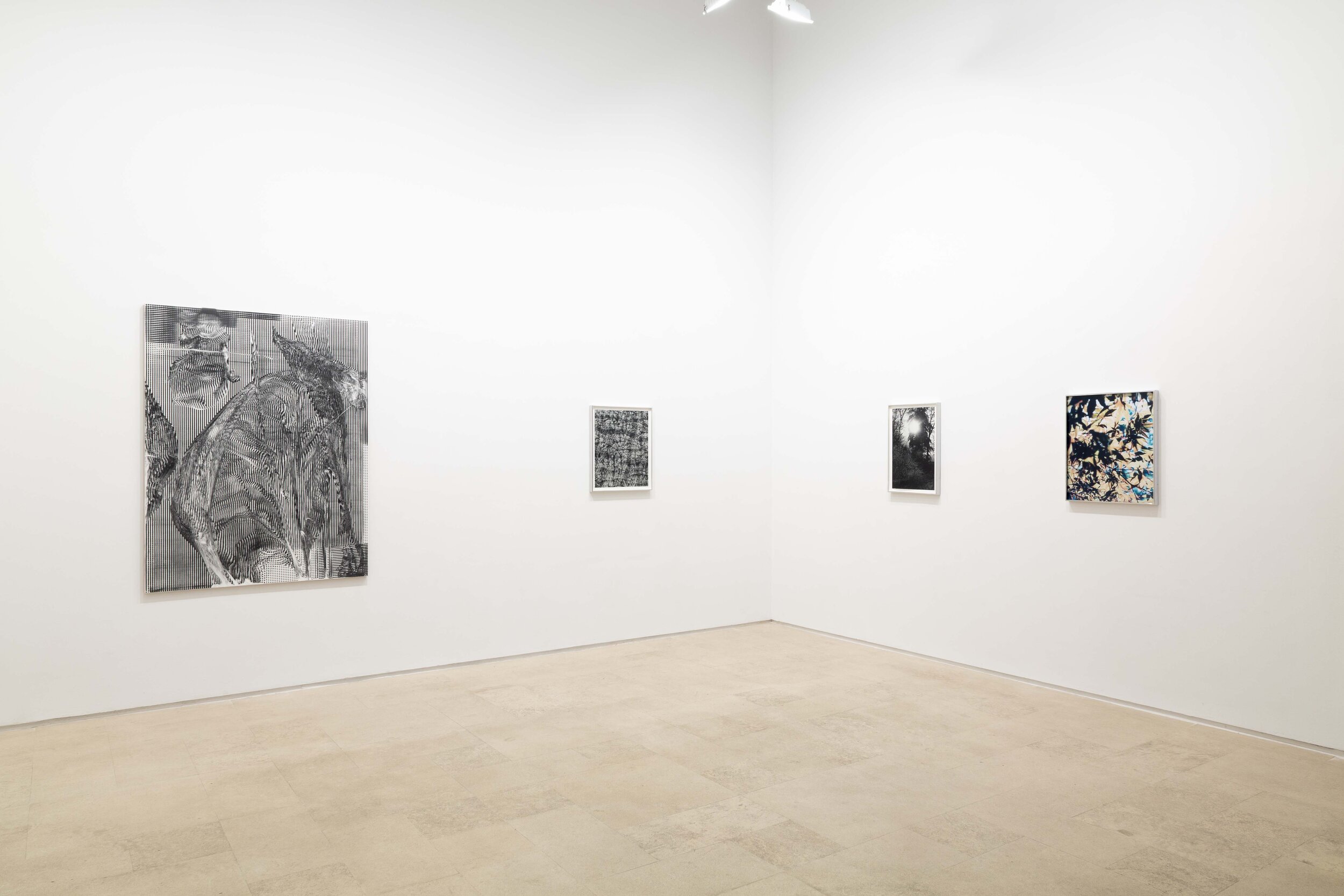
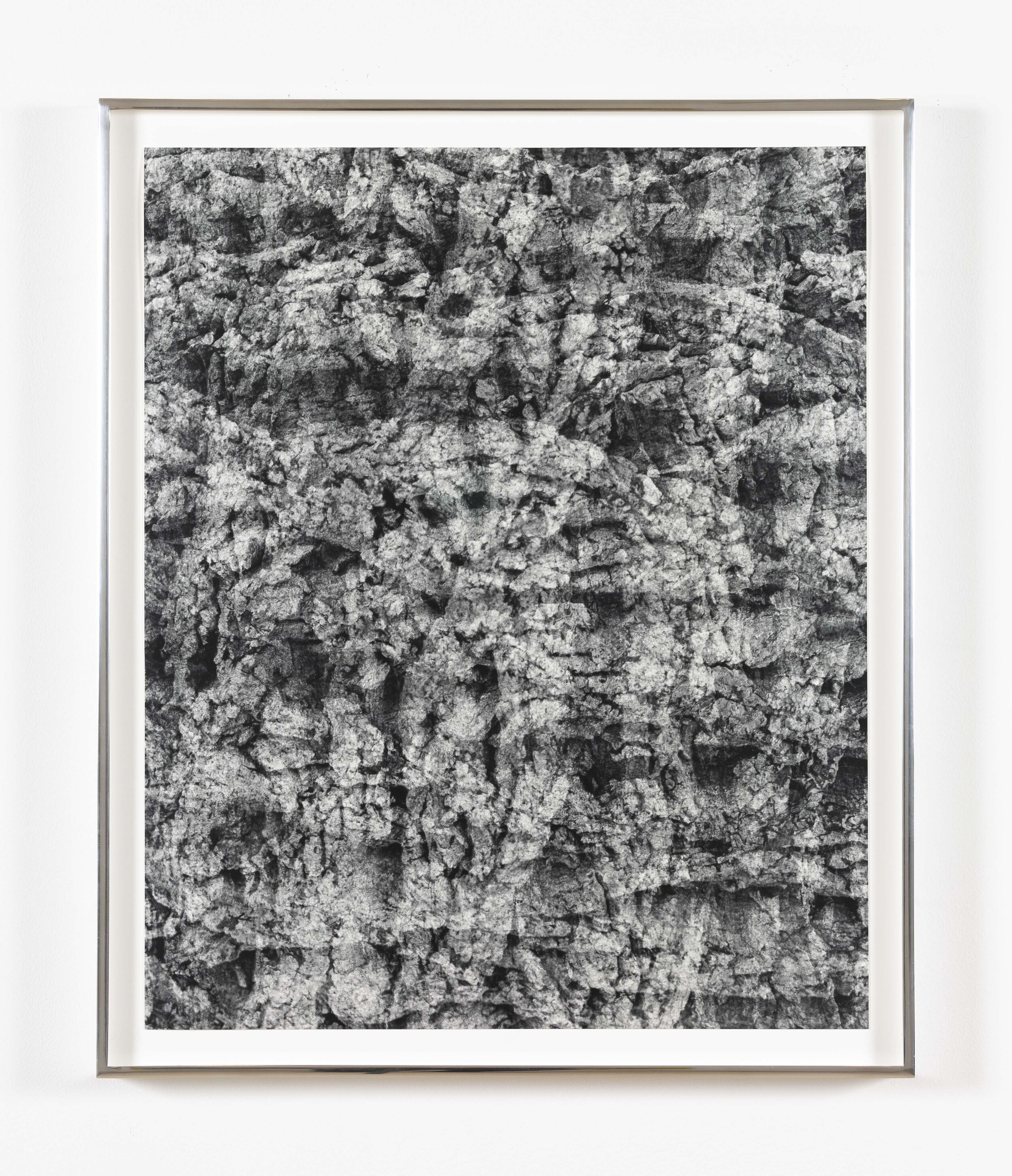
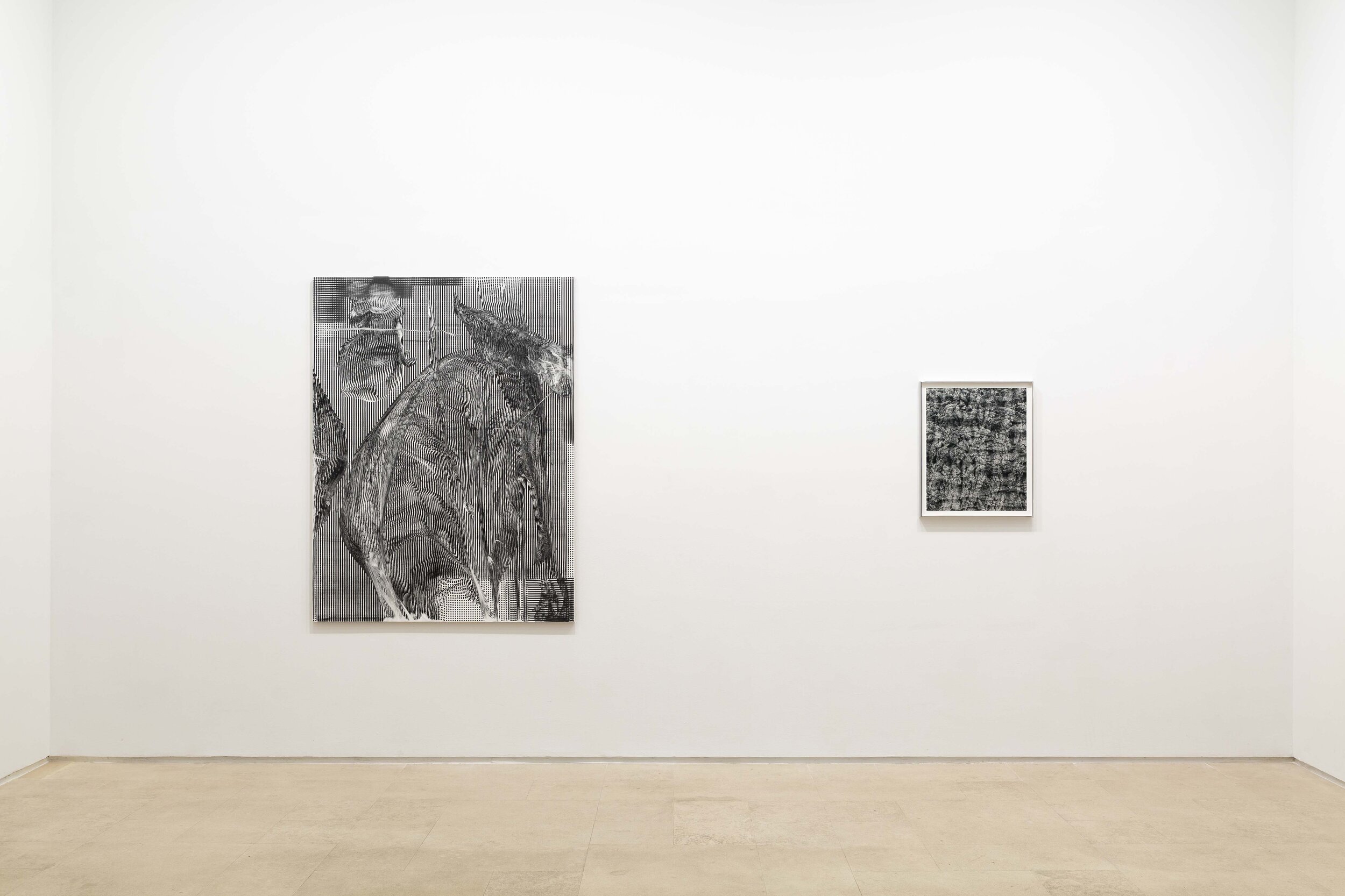
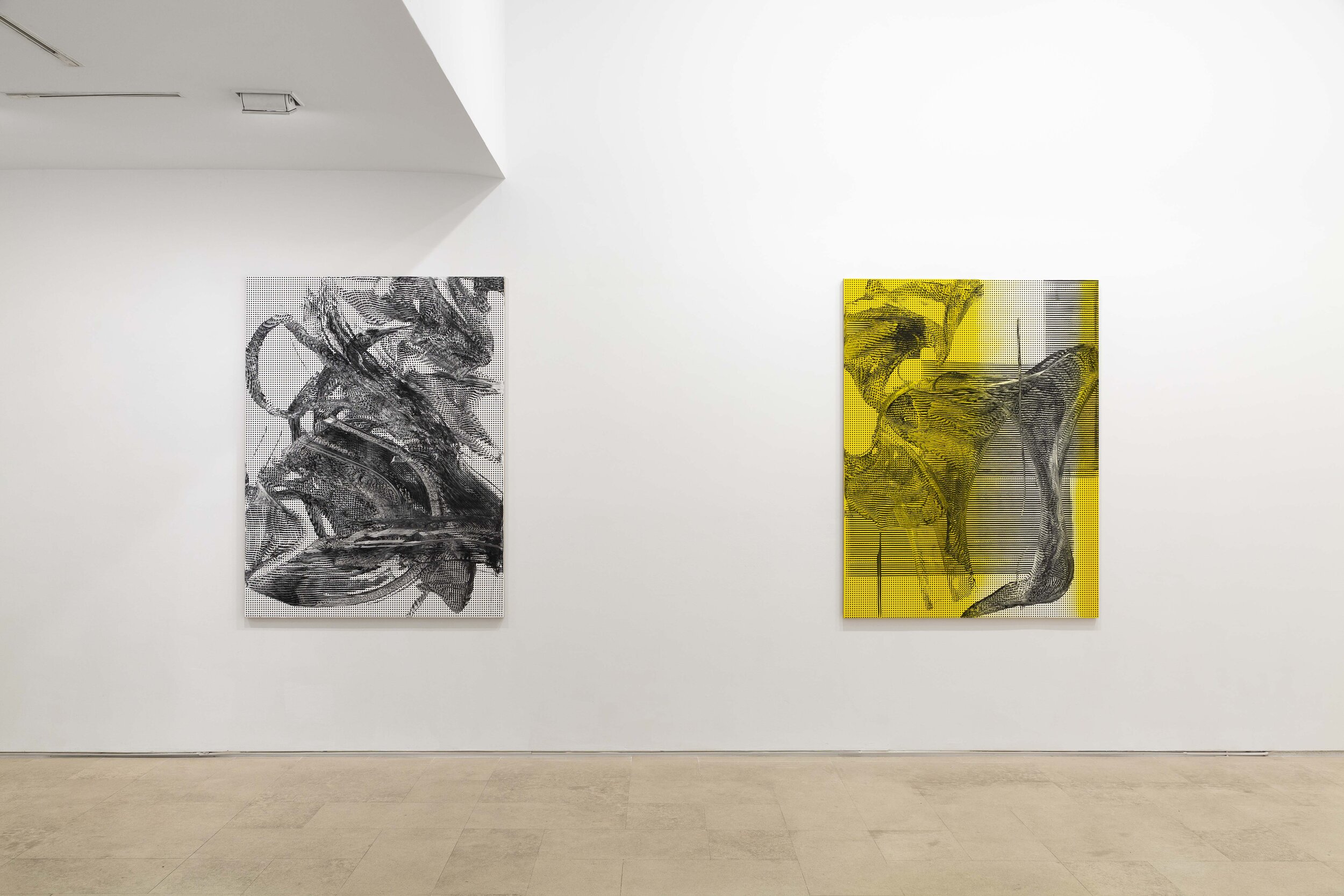
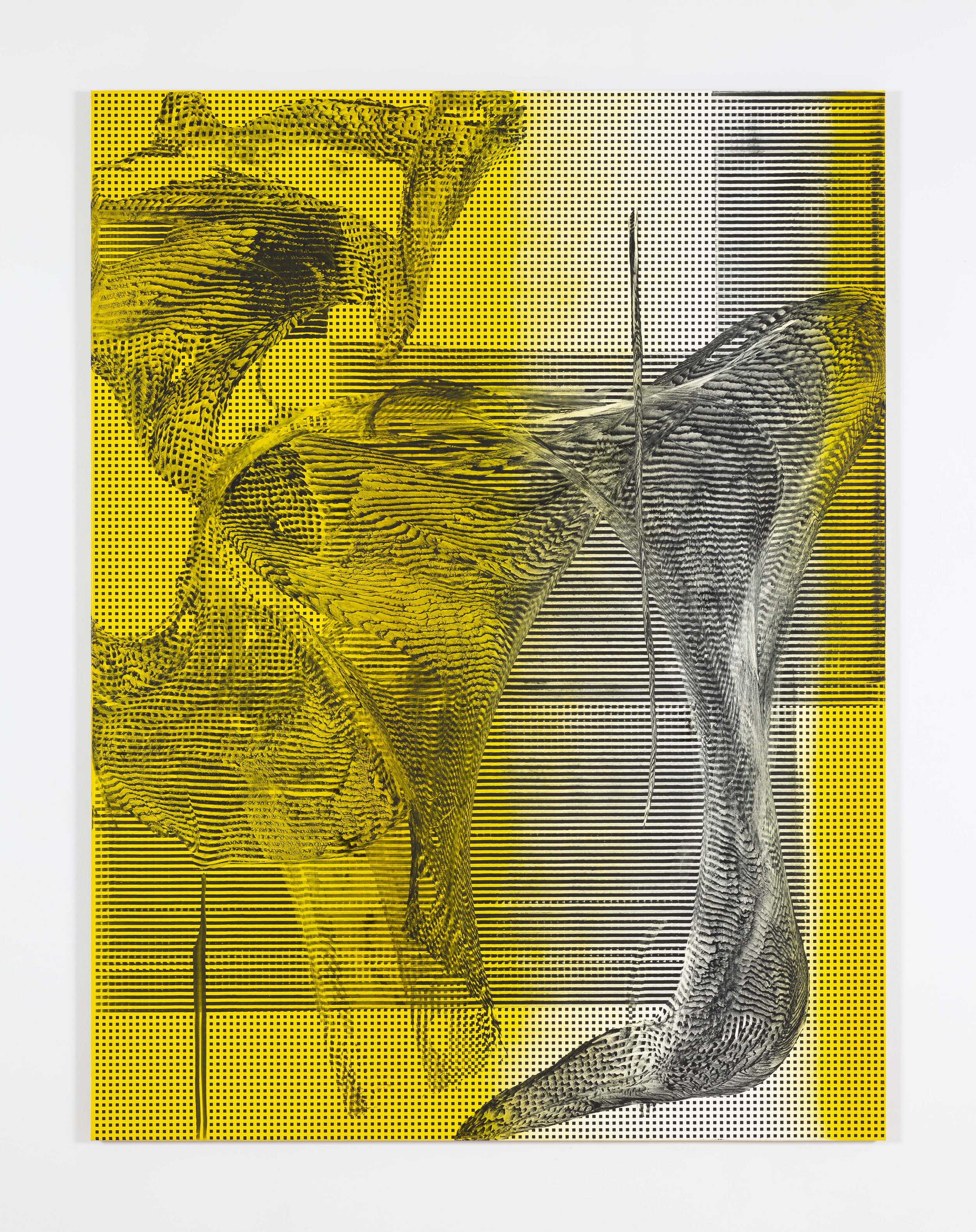
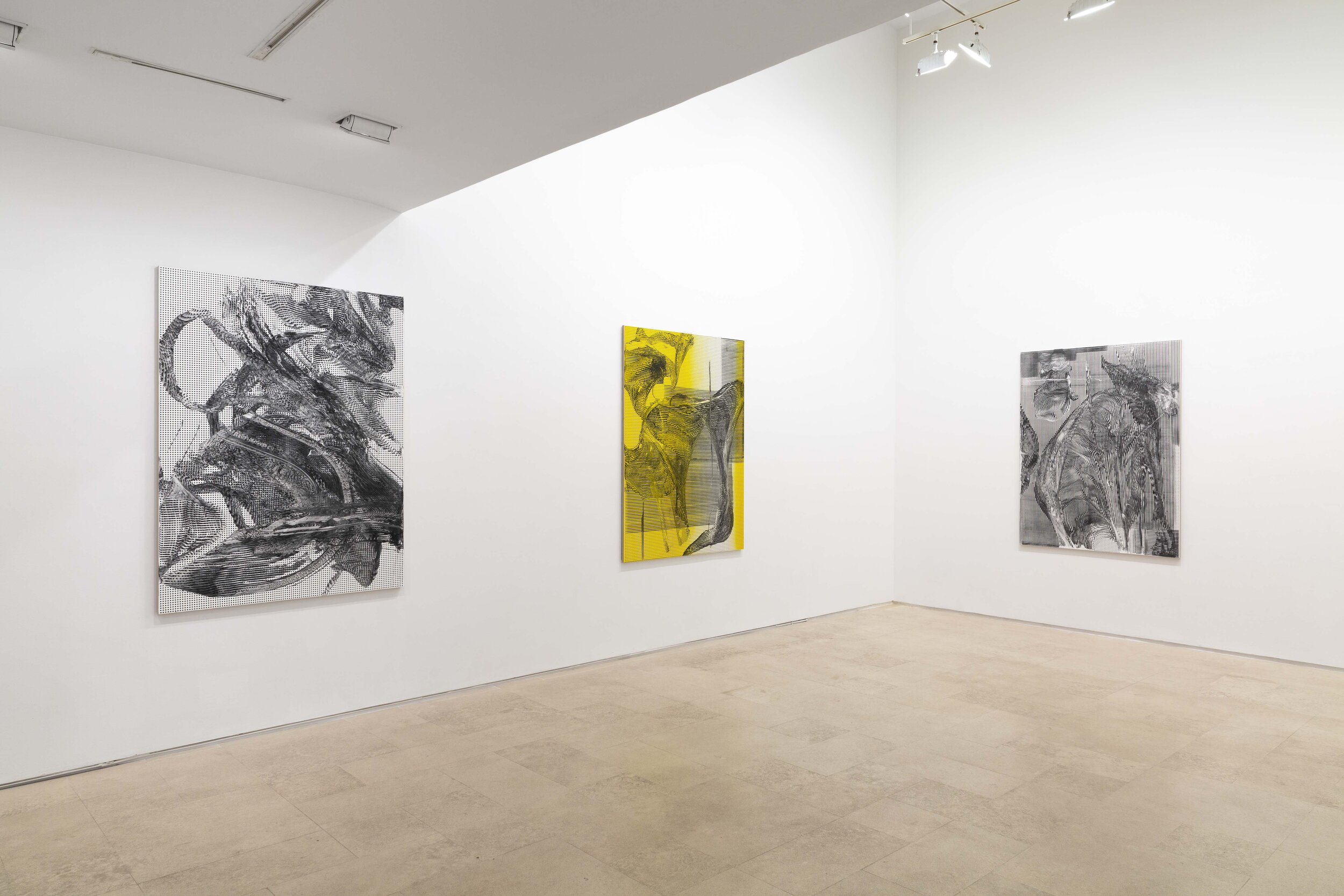
Silverstream, 2020, Digital C-Print, 48 x 60 inches
Bluestar, 2020, Digital C-Print, 48 x 60 inches
Highstones, 2020, UV Print on 3 Dibond panels, 72 x 76.7 inches
Venus Mount, 2020, UV Print on 3 Dibond Panels, 72 x 110 inches
LE ARTI, 1964-2020 | THE PRACTICE OF DRAWING
Vistamare Studio, Viale Vittorio Veneto 30, Milan, Italy
June 24 through September 9, 2020
Link: Vistamare Studio
The exhibition takes its title from Pino Pascali’s work “Omaggio a Ceroli” (“Homage to Ceroli”), 1966, here on show, that acts as a fil rouge for an exhibition dedicated to drawing, intended as a project and as the origin of an artwork. In Pascali’s work the hammer is an iconographic reference to the objects used by his friend Mario Ceroli for the making of his works, alongside the words “LE ARTI”. The invited artists wonder about the subject by providing numerous unconventional grounds for experimentation, demonstrating the medium’s versality through its many forms: sculpture, wall text, drawing tools, chemical processed film, chalk, projections and prints. The works presented, either new or unpublished, are illustrative of each artist’s creative process, and of the diversity of their artistic practices, that outlines the unlimited possibilities of expanding it.
Install of Sandy, Left, and Dune Woman #11, Right
Small is beautiful: (A)rtschwager to (Z)augg
36 Mai Galerie, 1st floor of the Mai 36 townhouse at Rämistrasse 37, Zurich
June 12 through August 08, 2020
Link: 36 Mai Galerie
In contrast to the "bigger is better" concept of western economics, the phrase "small is beautiful" is taken from one of the first books on politics, by economist E.F. Schumacher. The book "Small is beautiful" was a radical challenge to the 20th century’s way of thinking economically - with what the author described as "gigantism". The exhibition champions a selection of exquisite small and beautiful artworks made by four generation of artists over the course of the last decades. In the three rooms on the 1st floor of the Mai 36 townhouse we group the various works in three sections: Talking Heads (Portraits), Abstract Thinking and Artist’s Artist.
Install of Black Friday, centered


